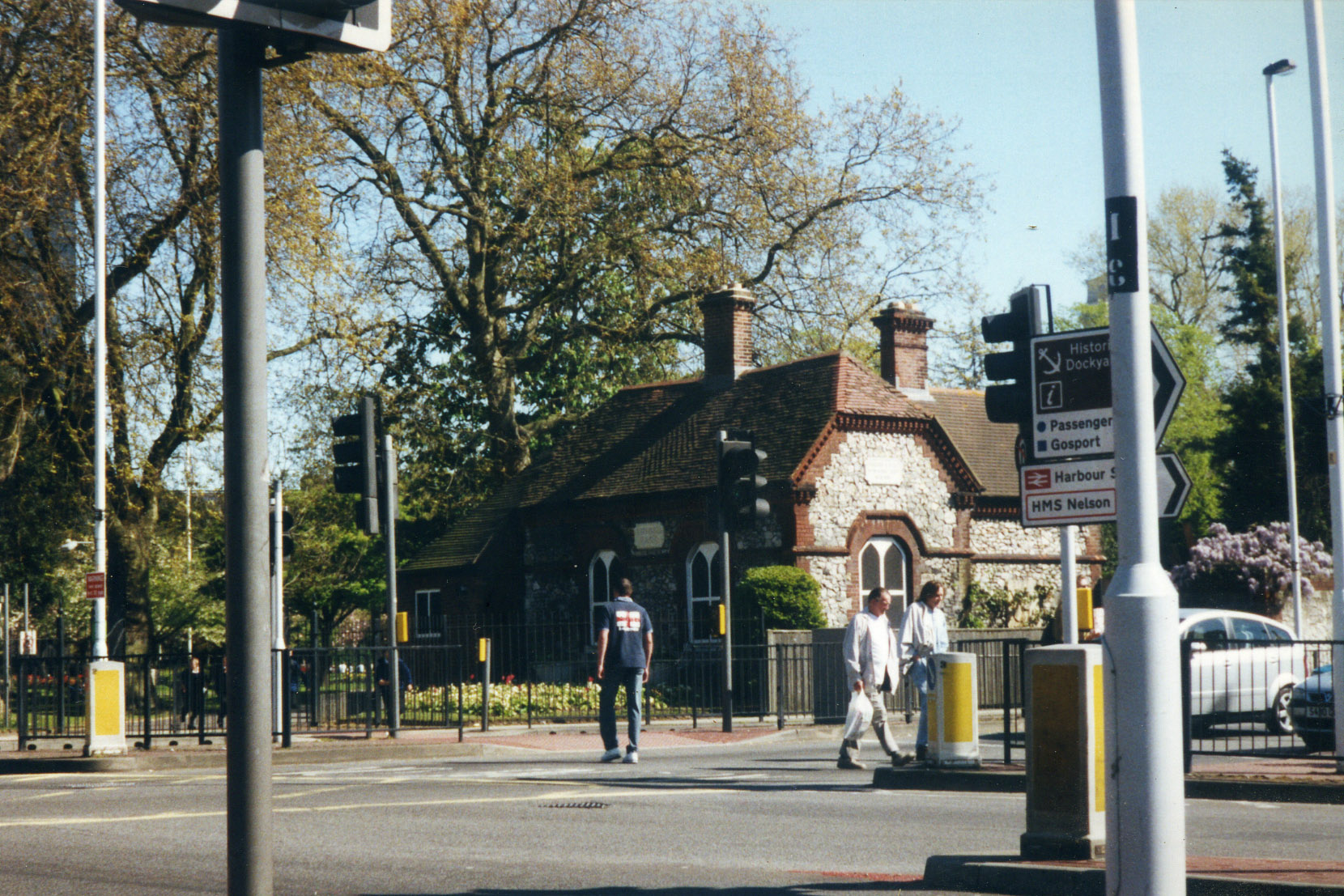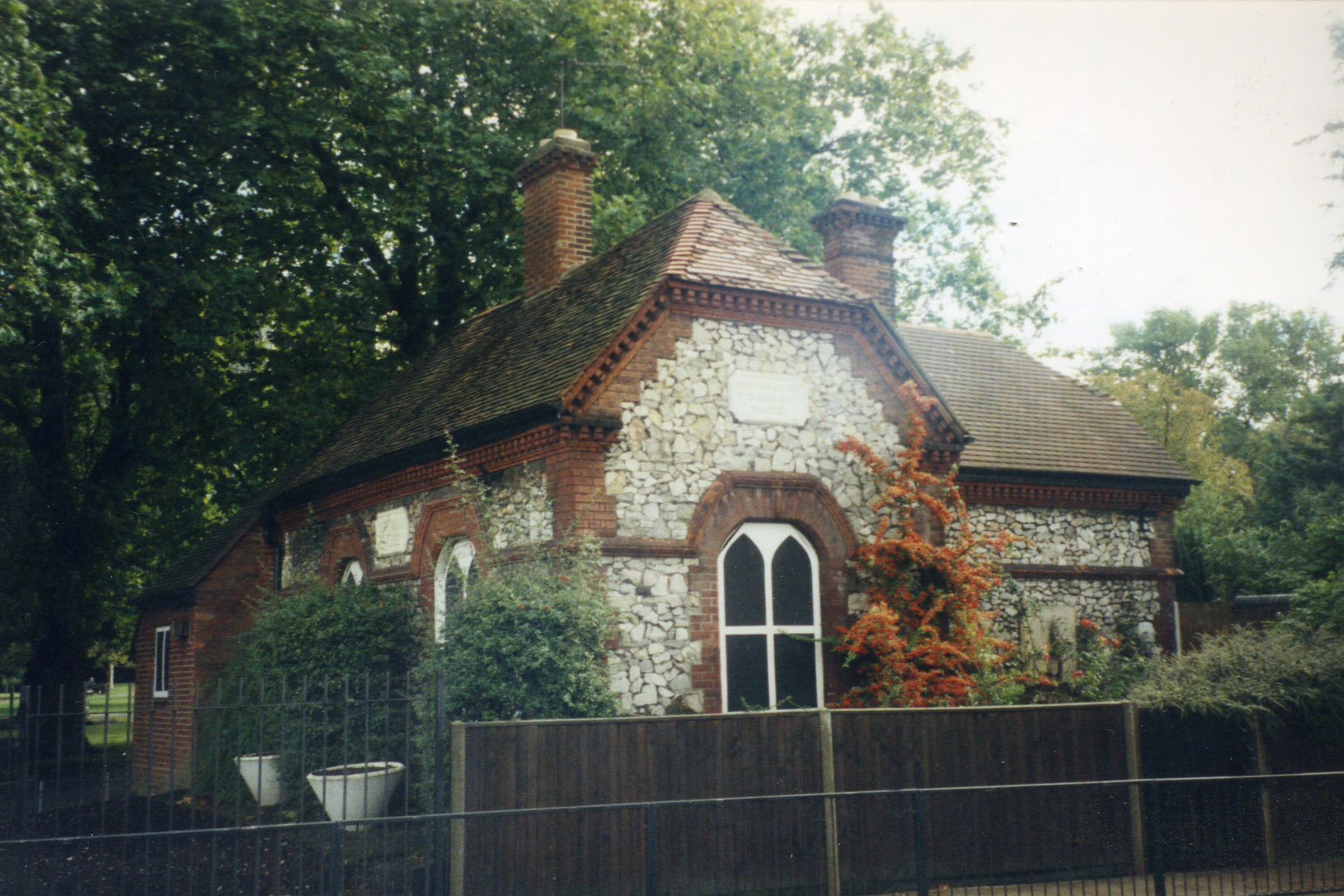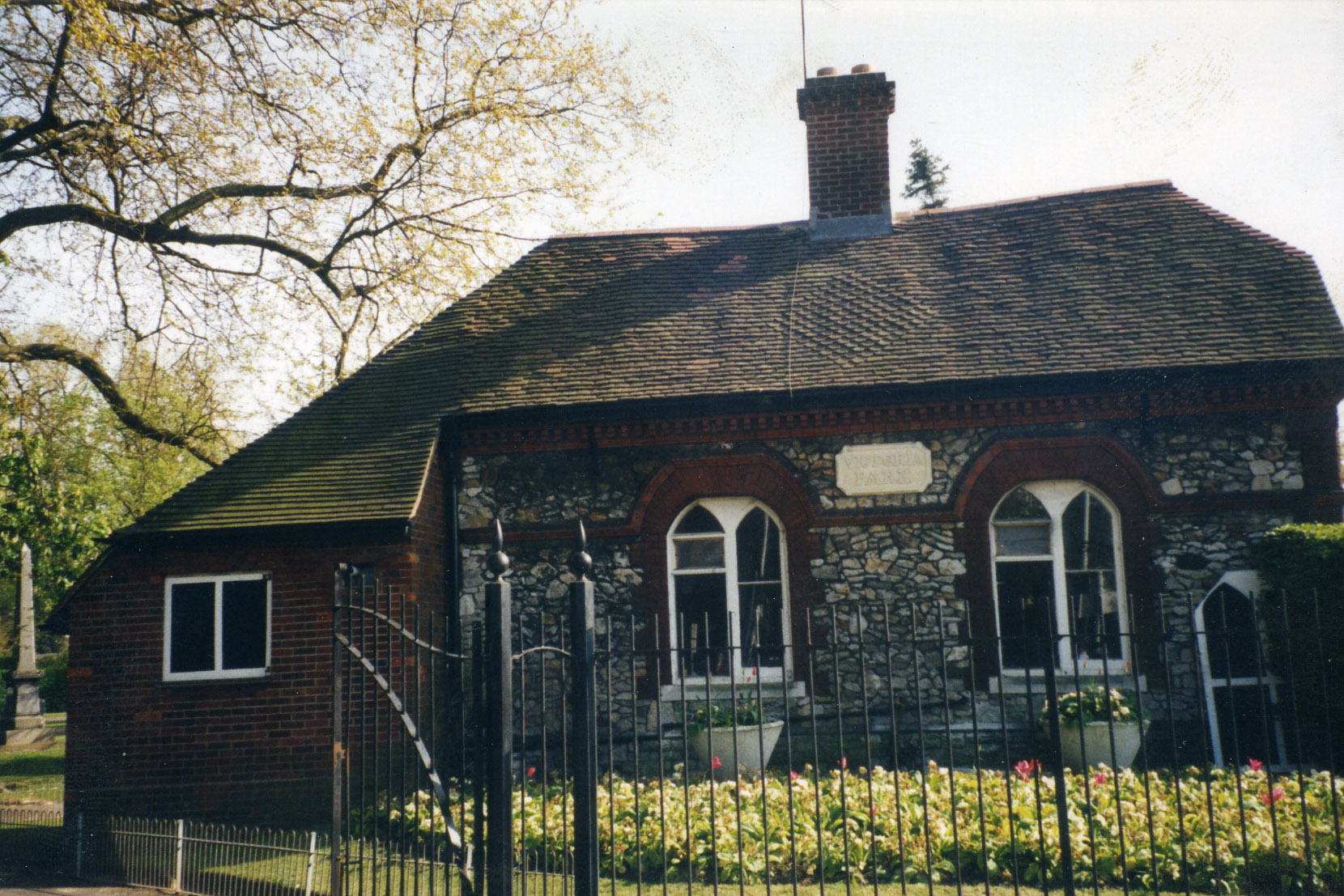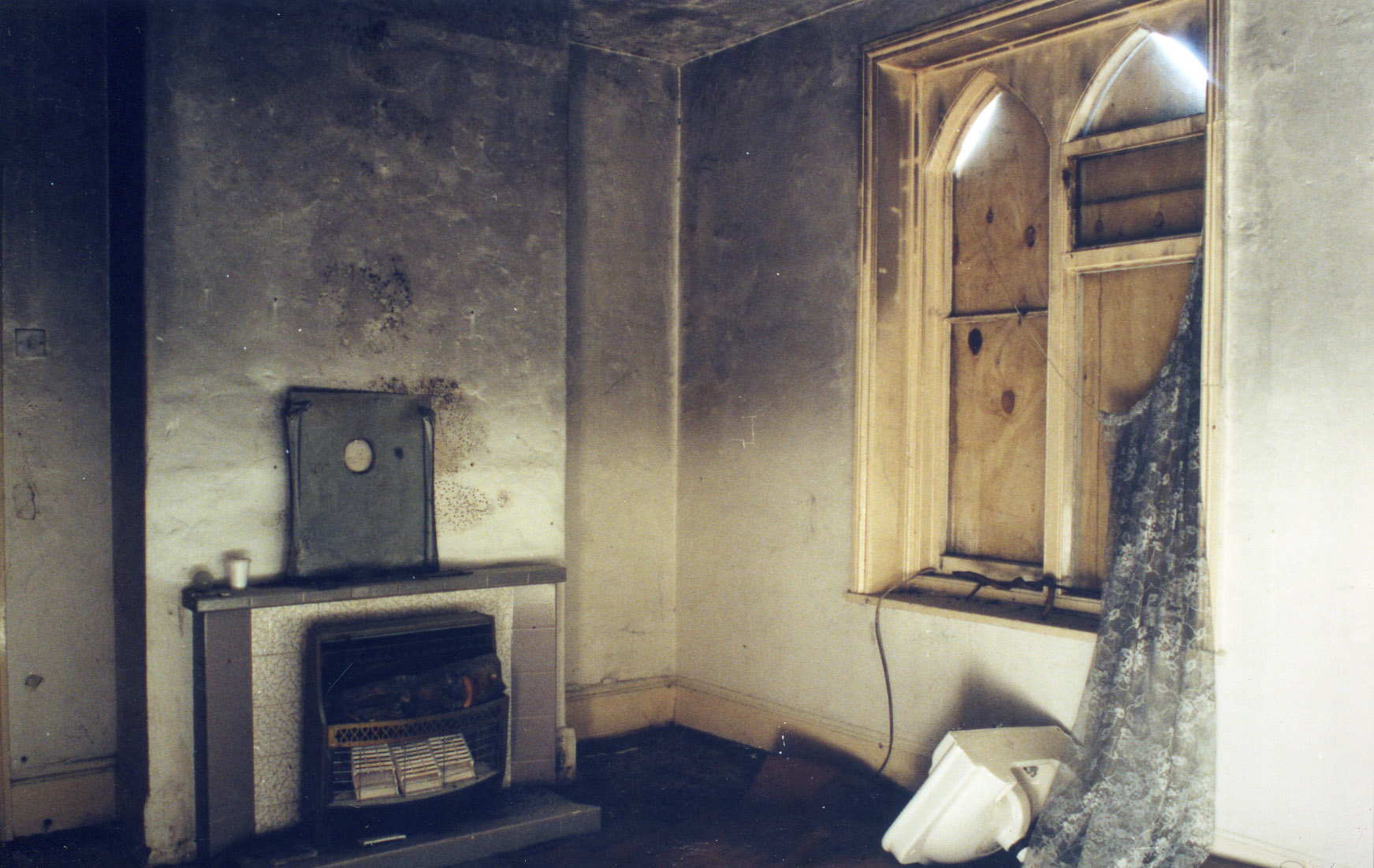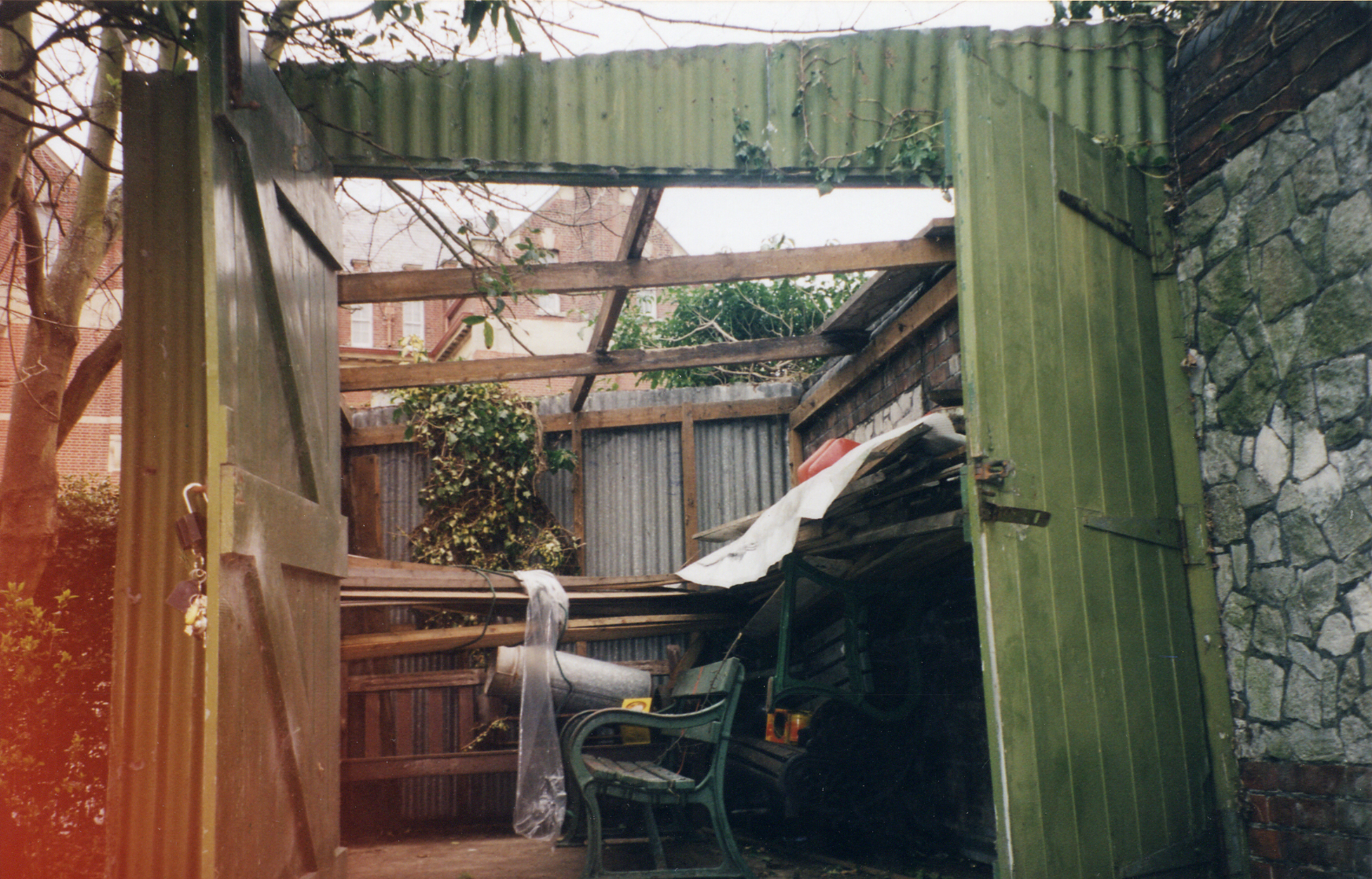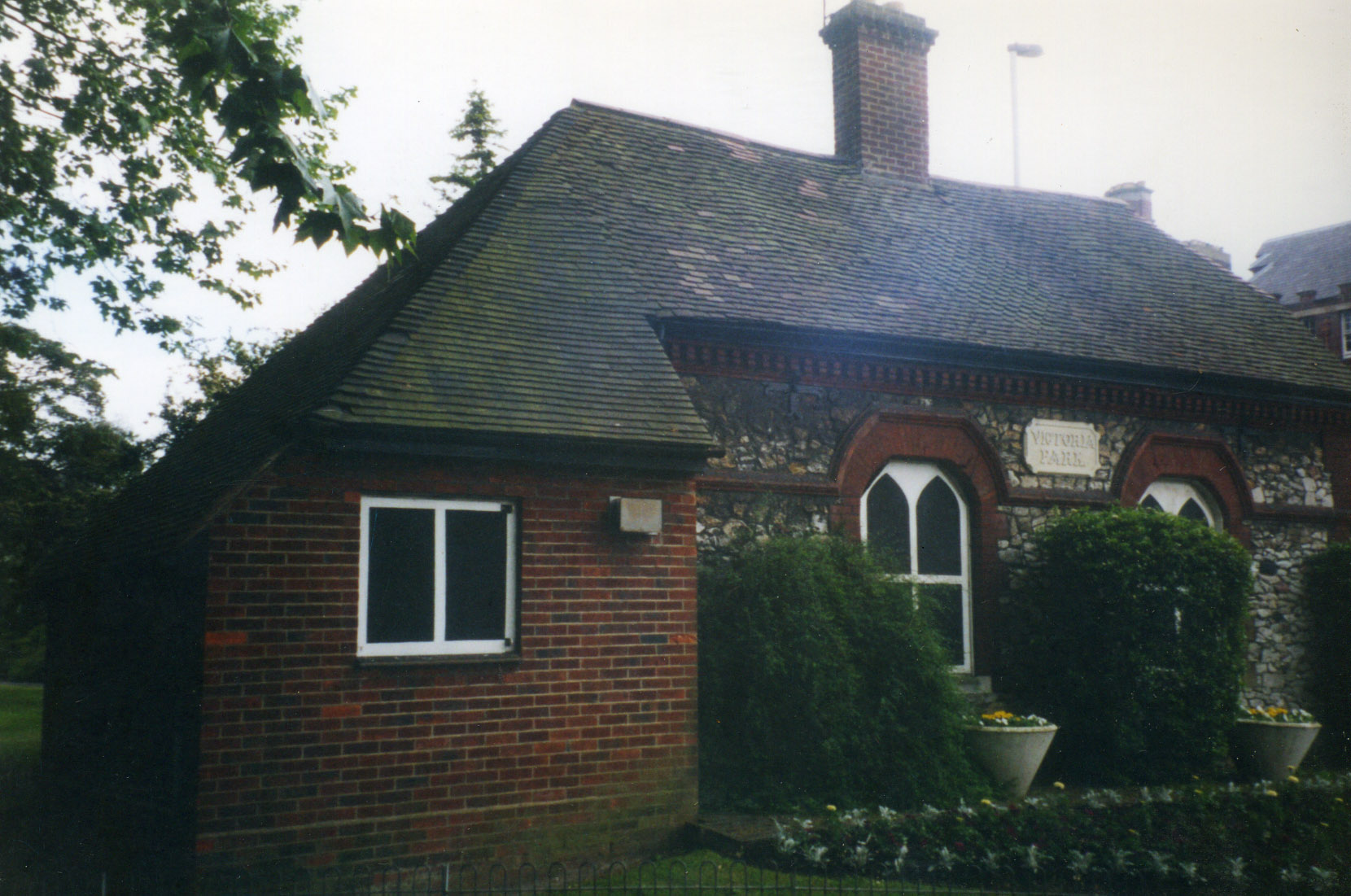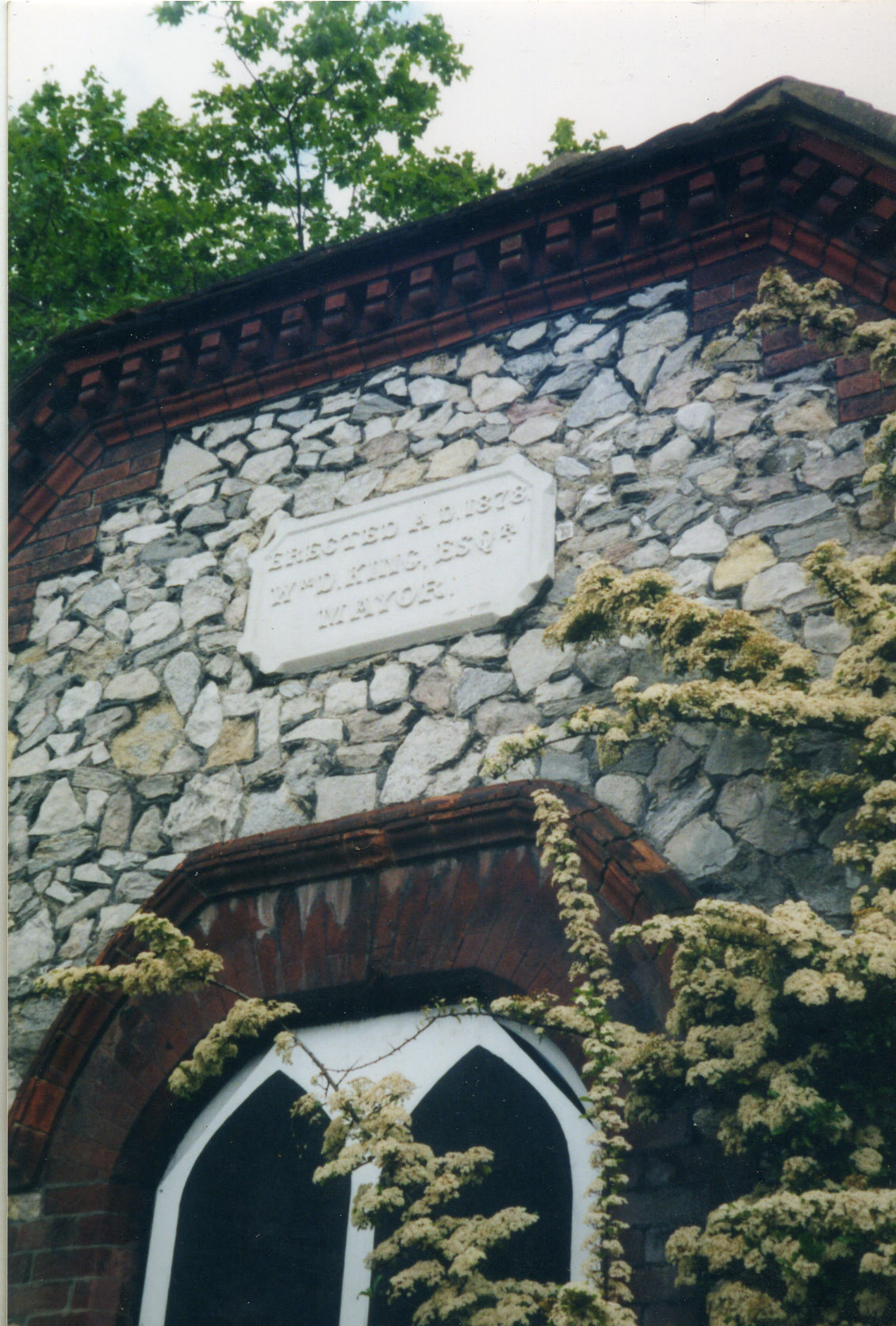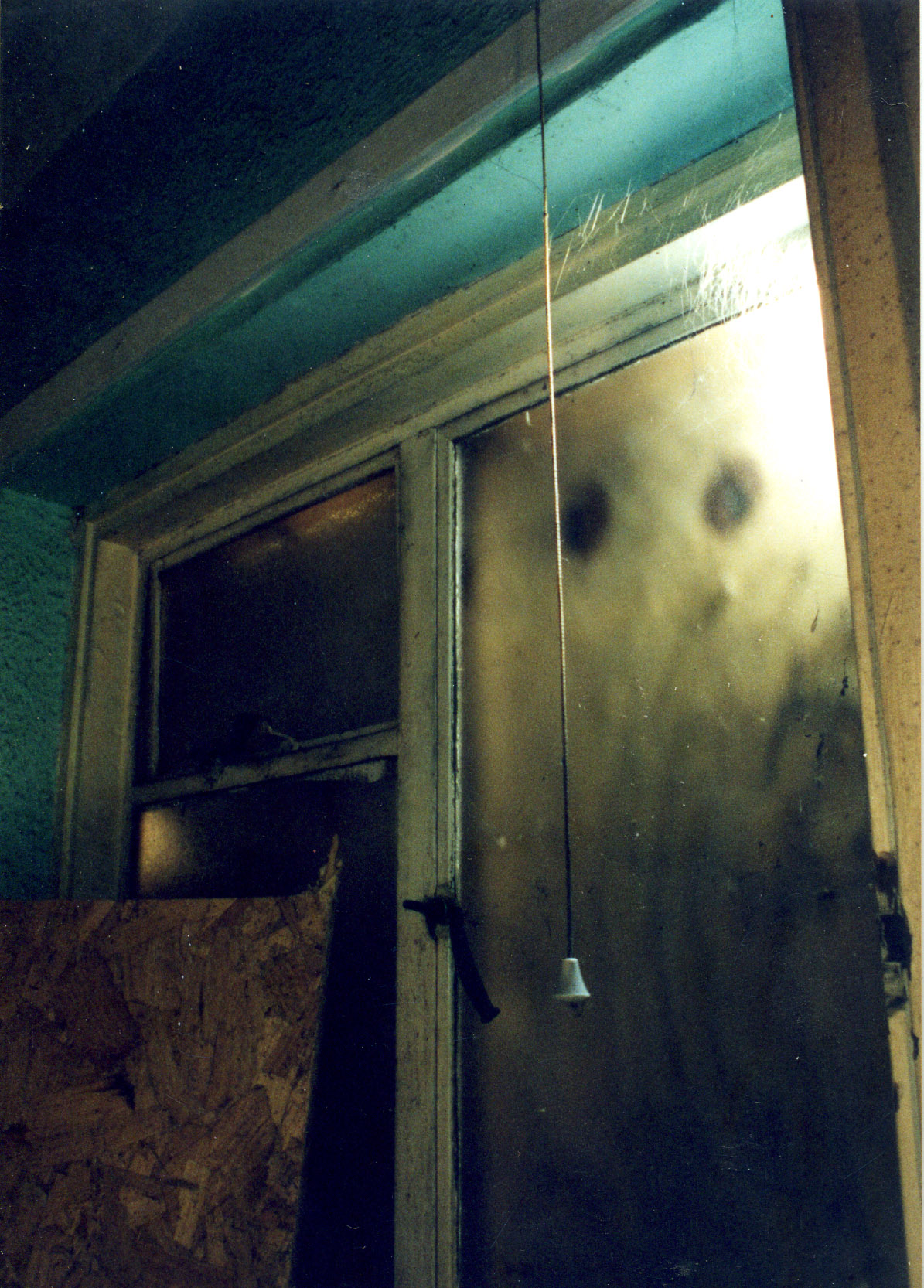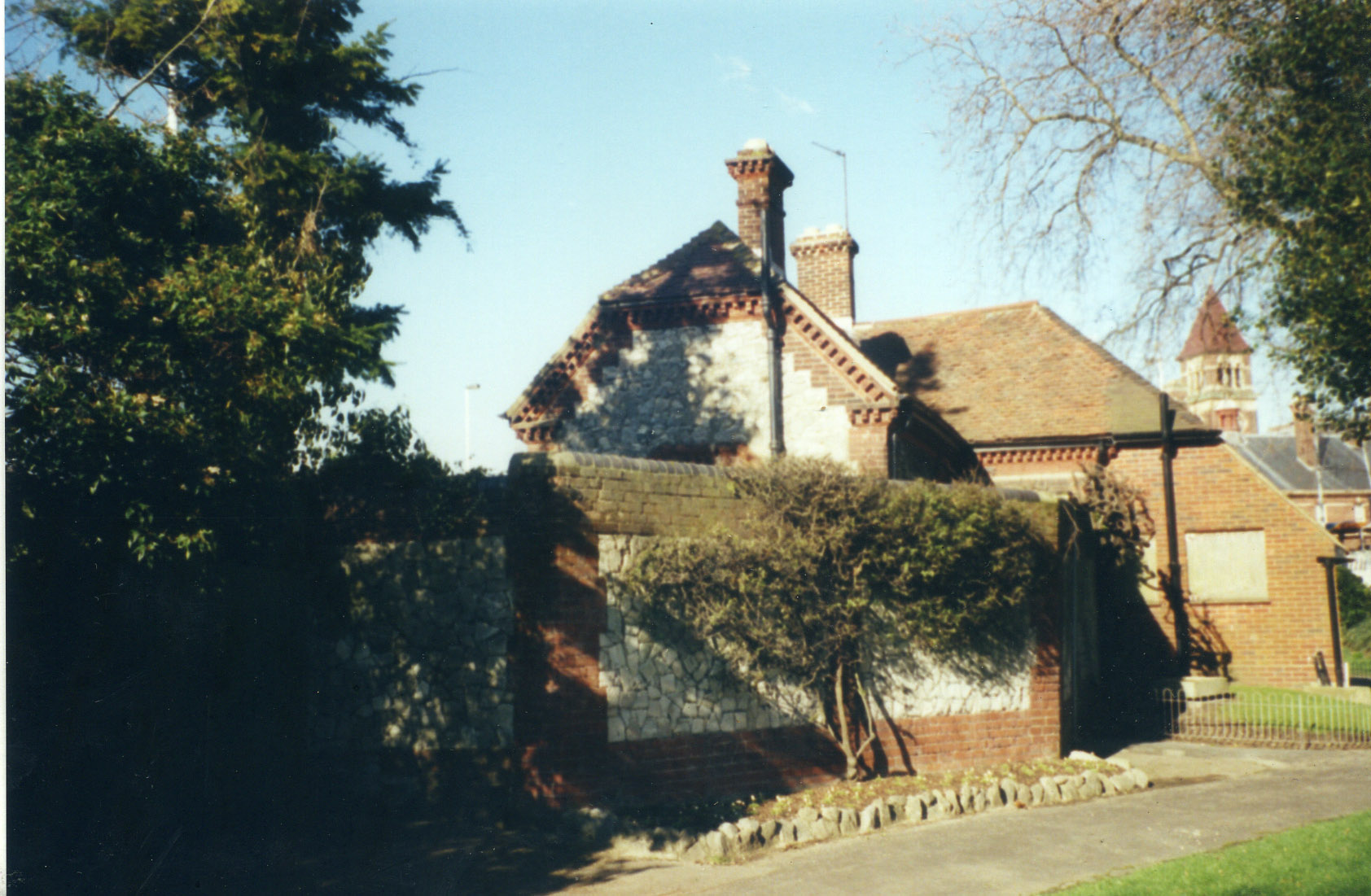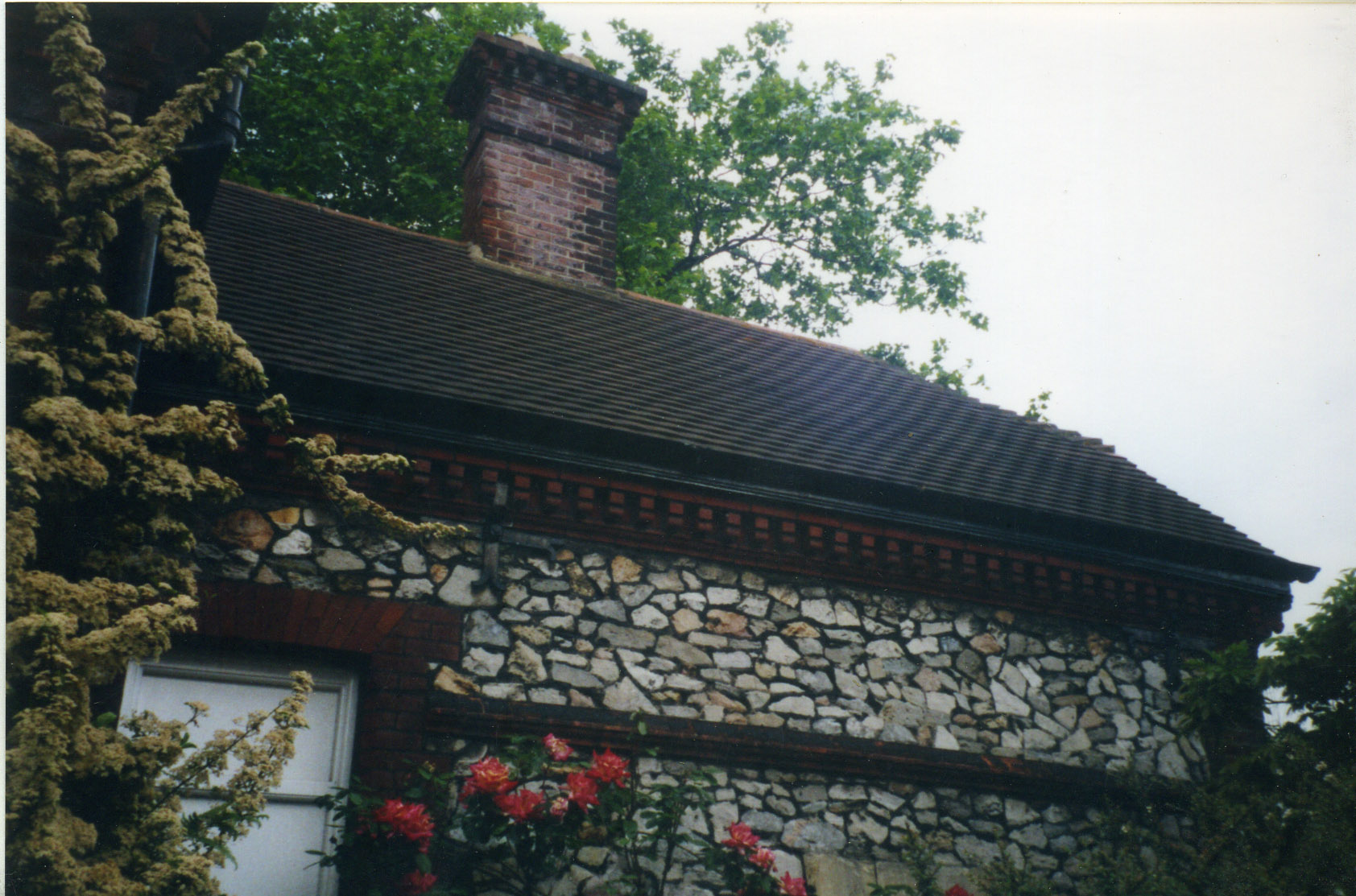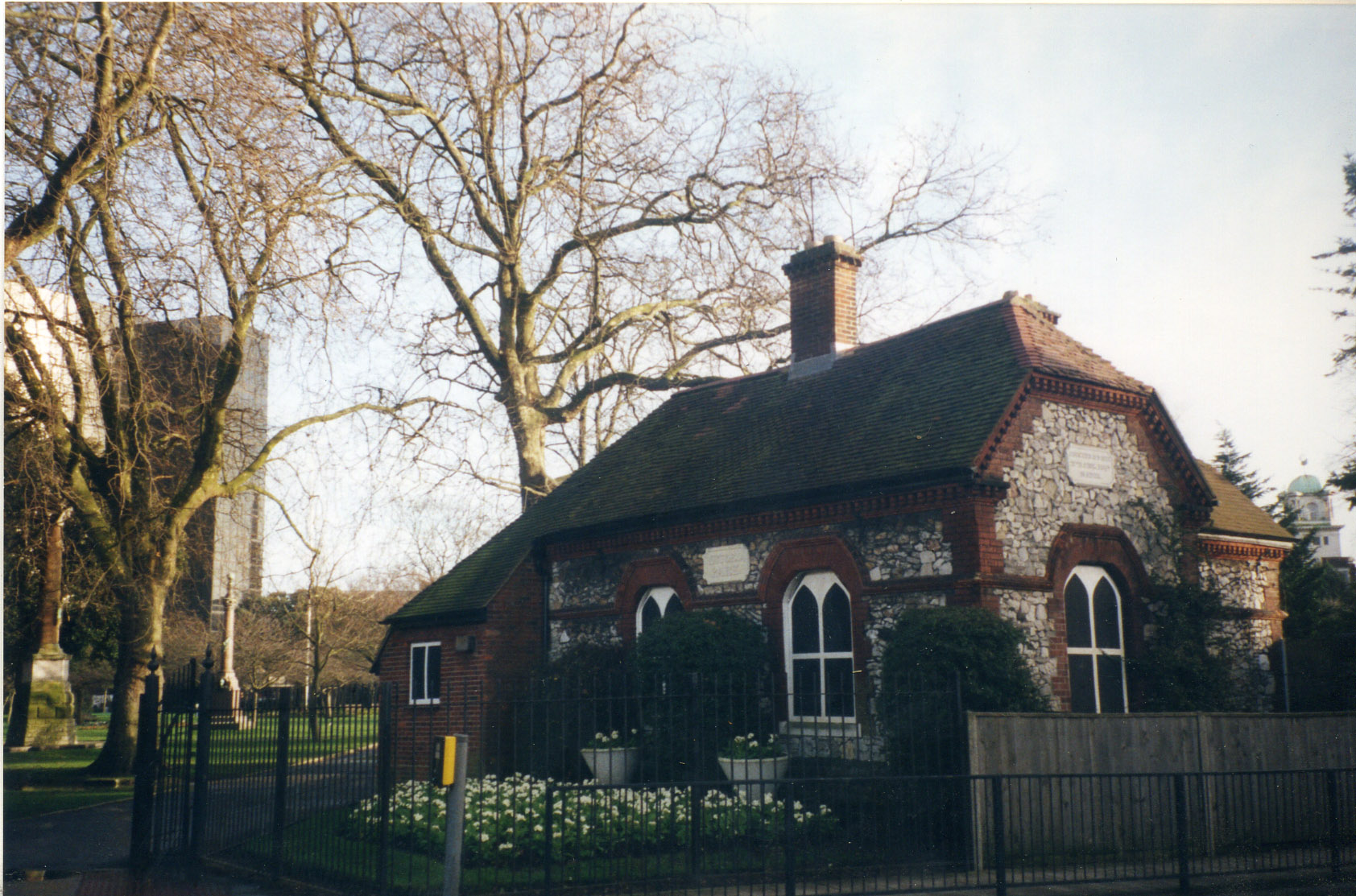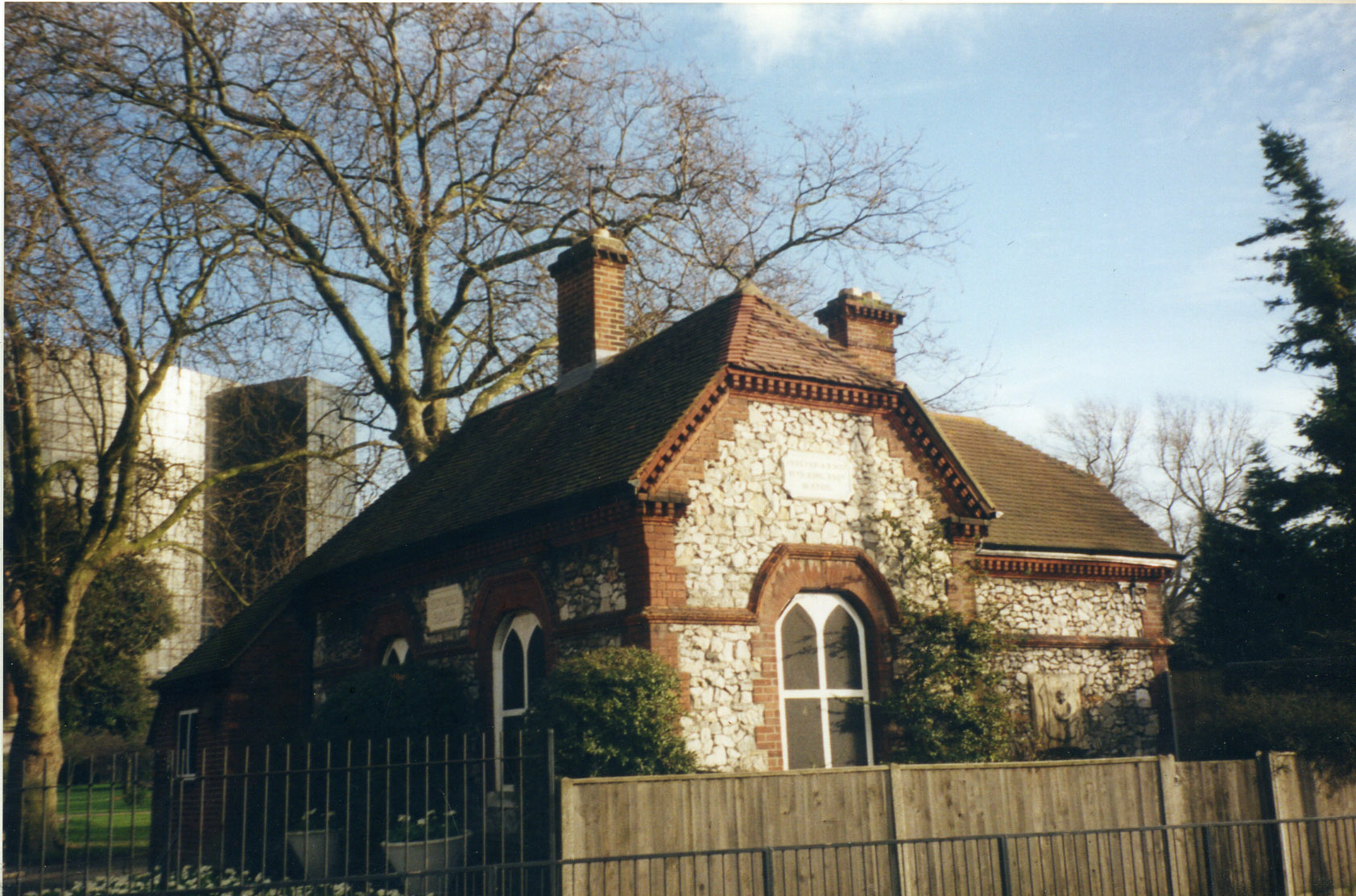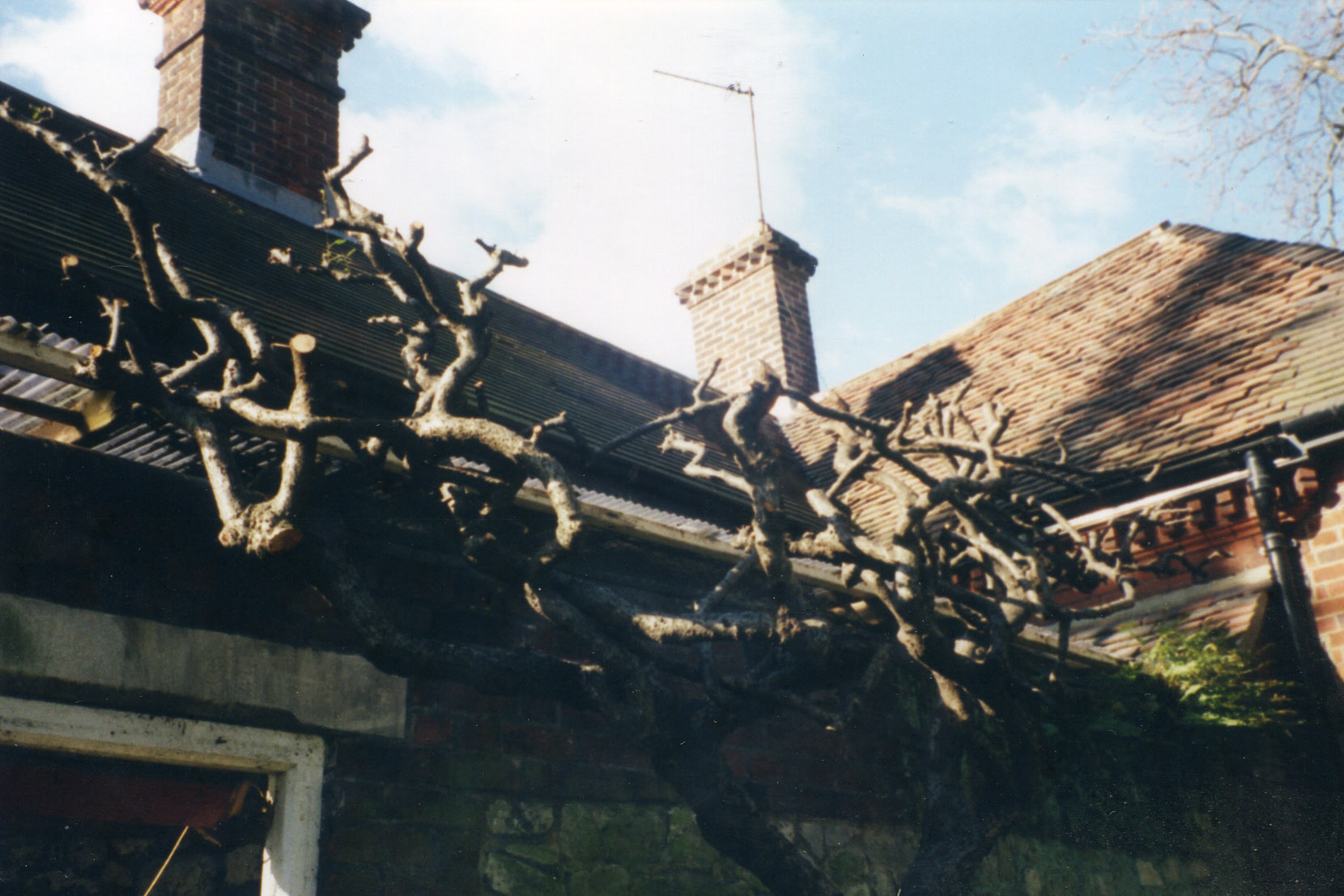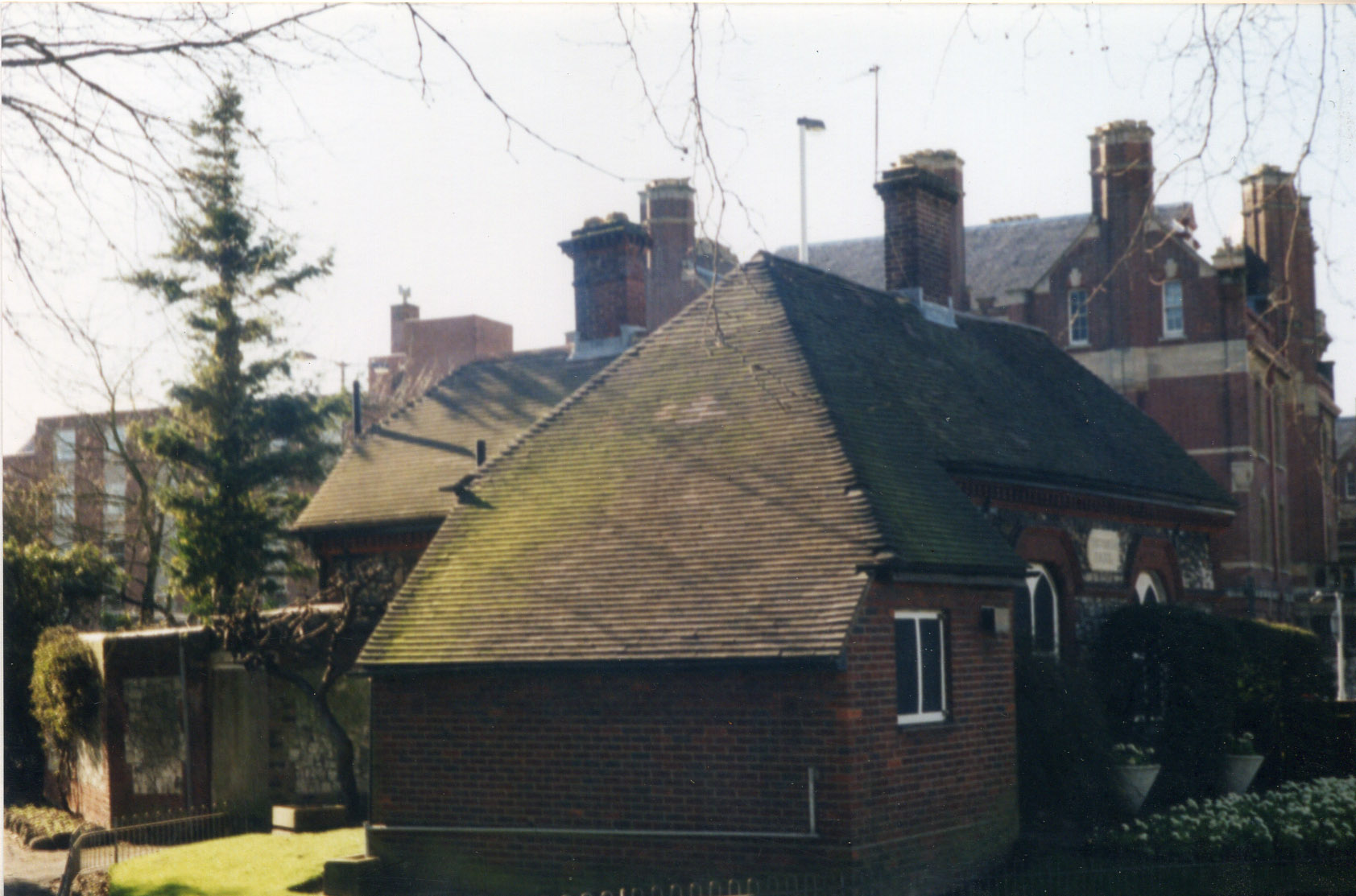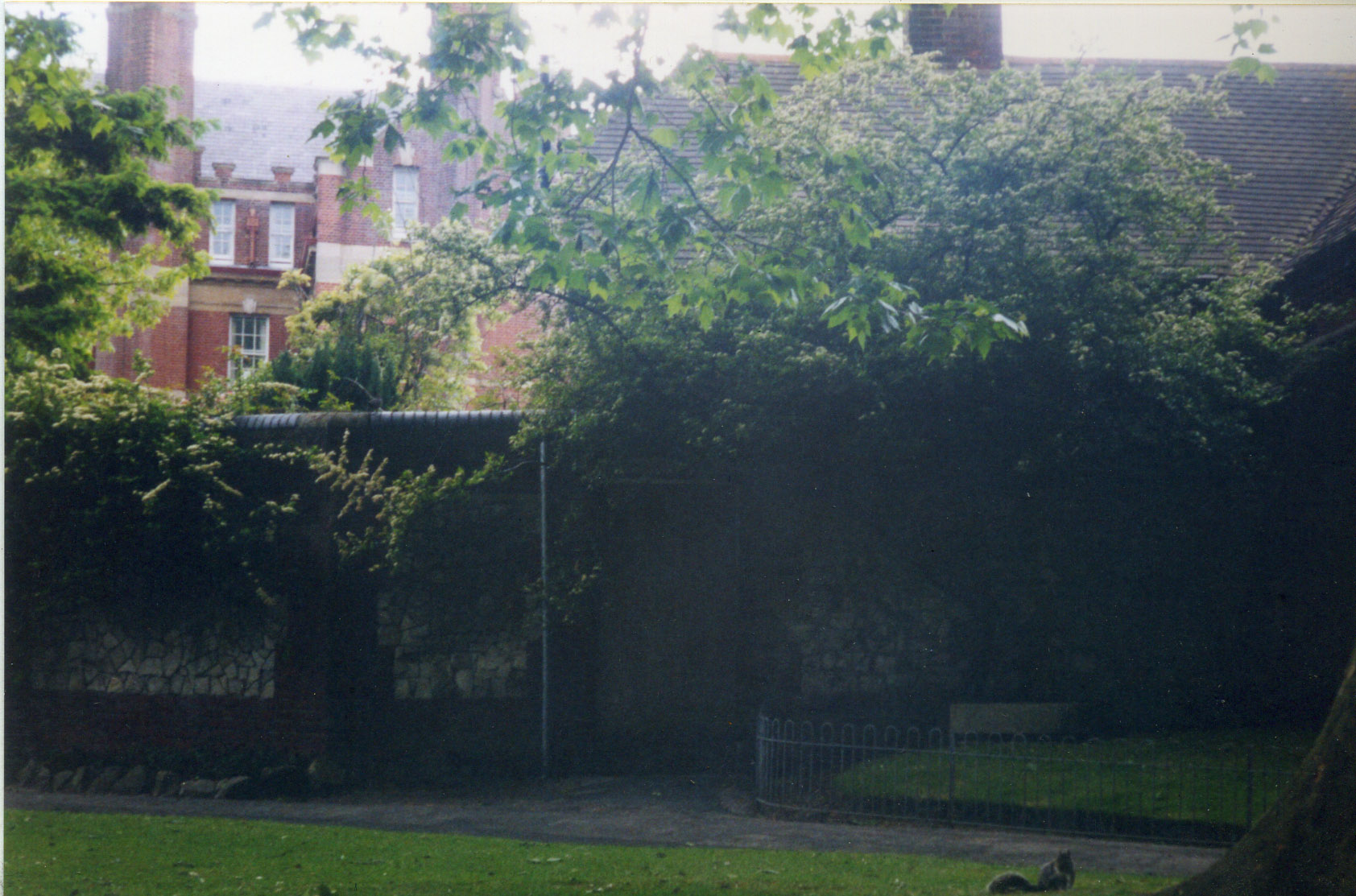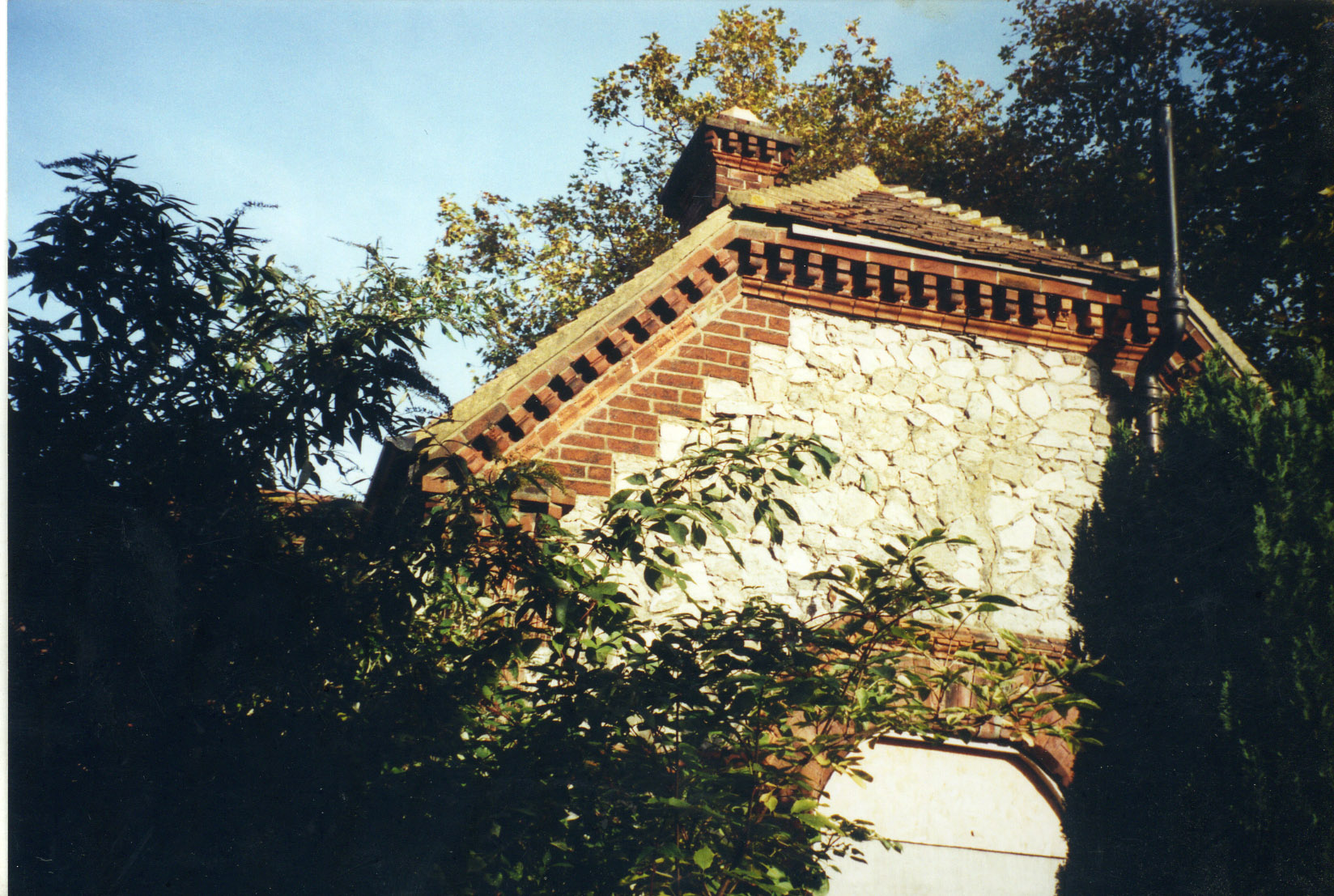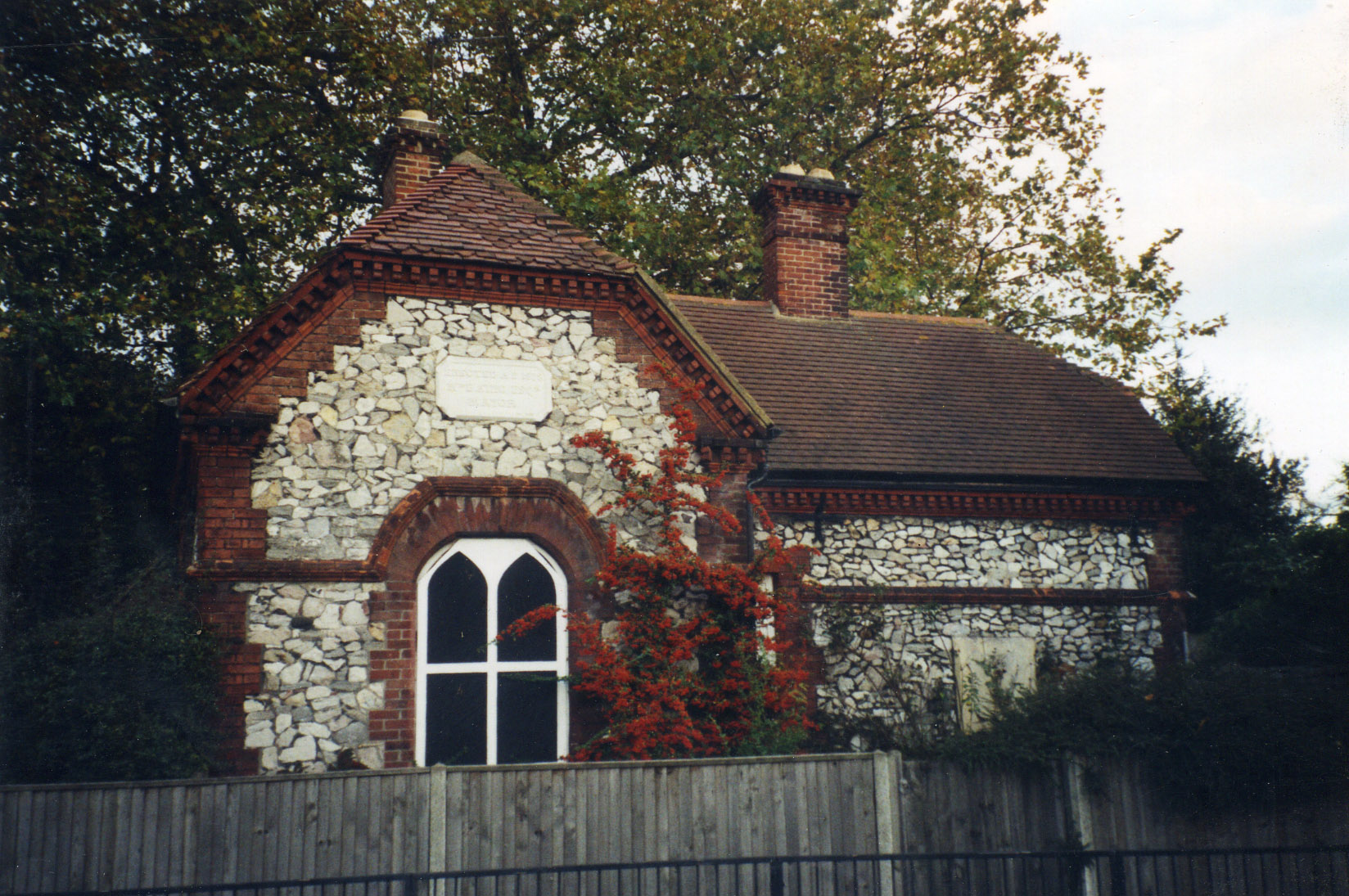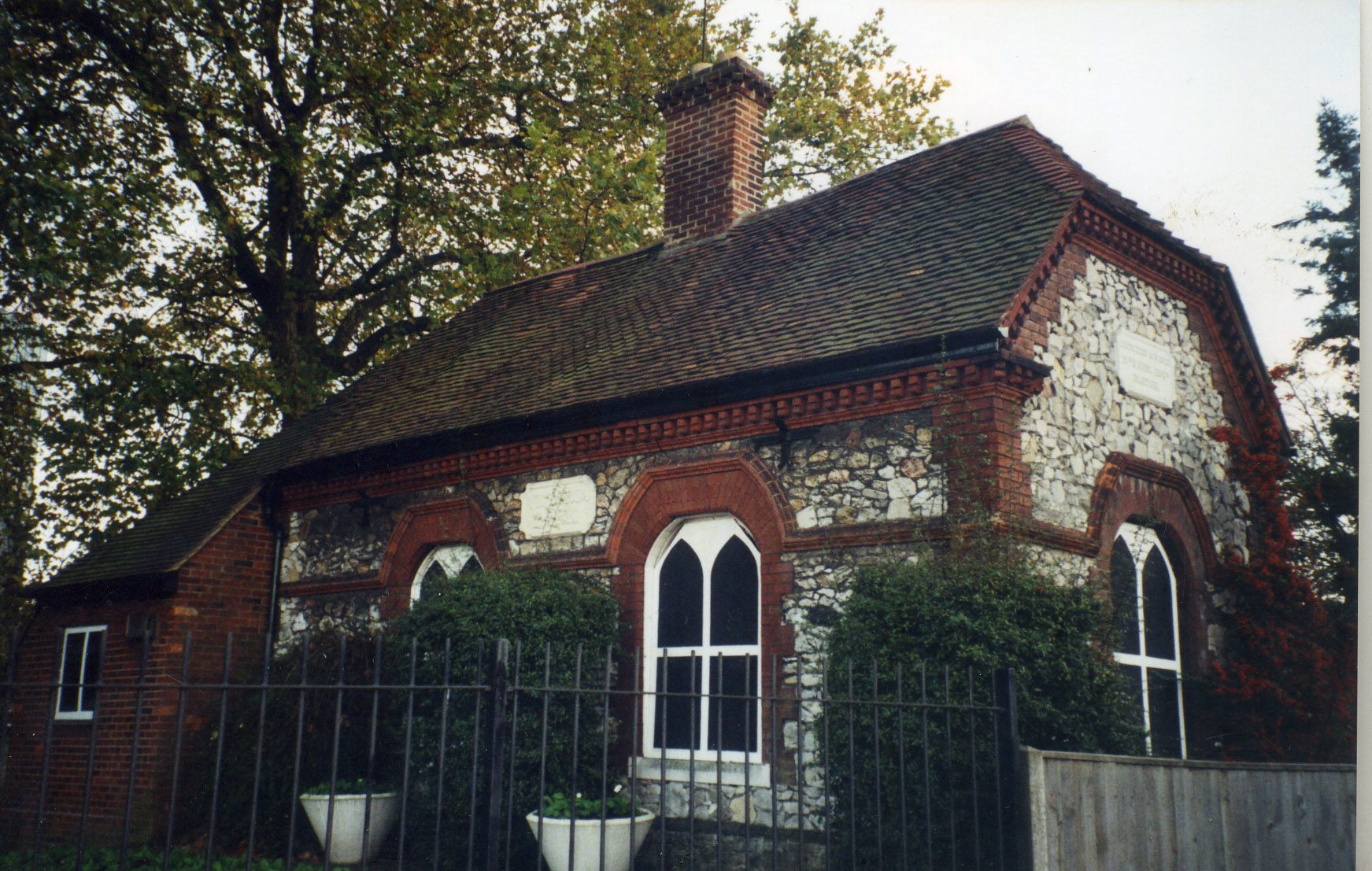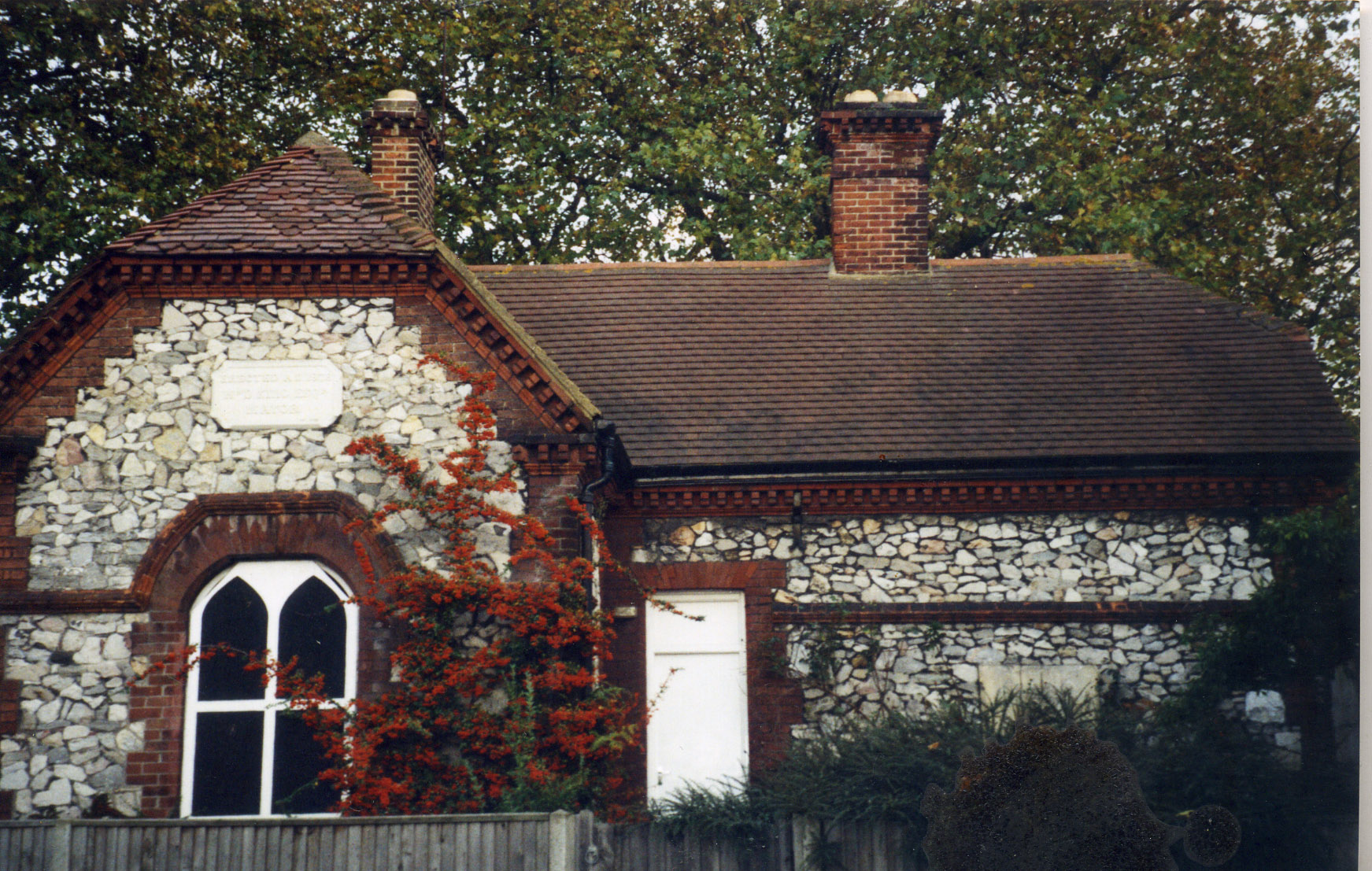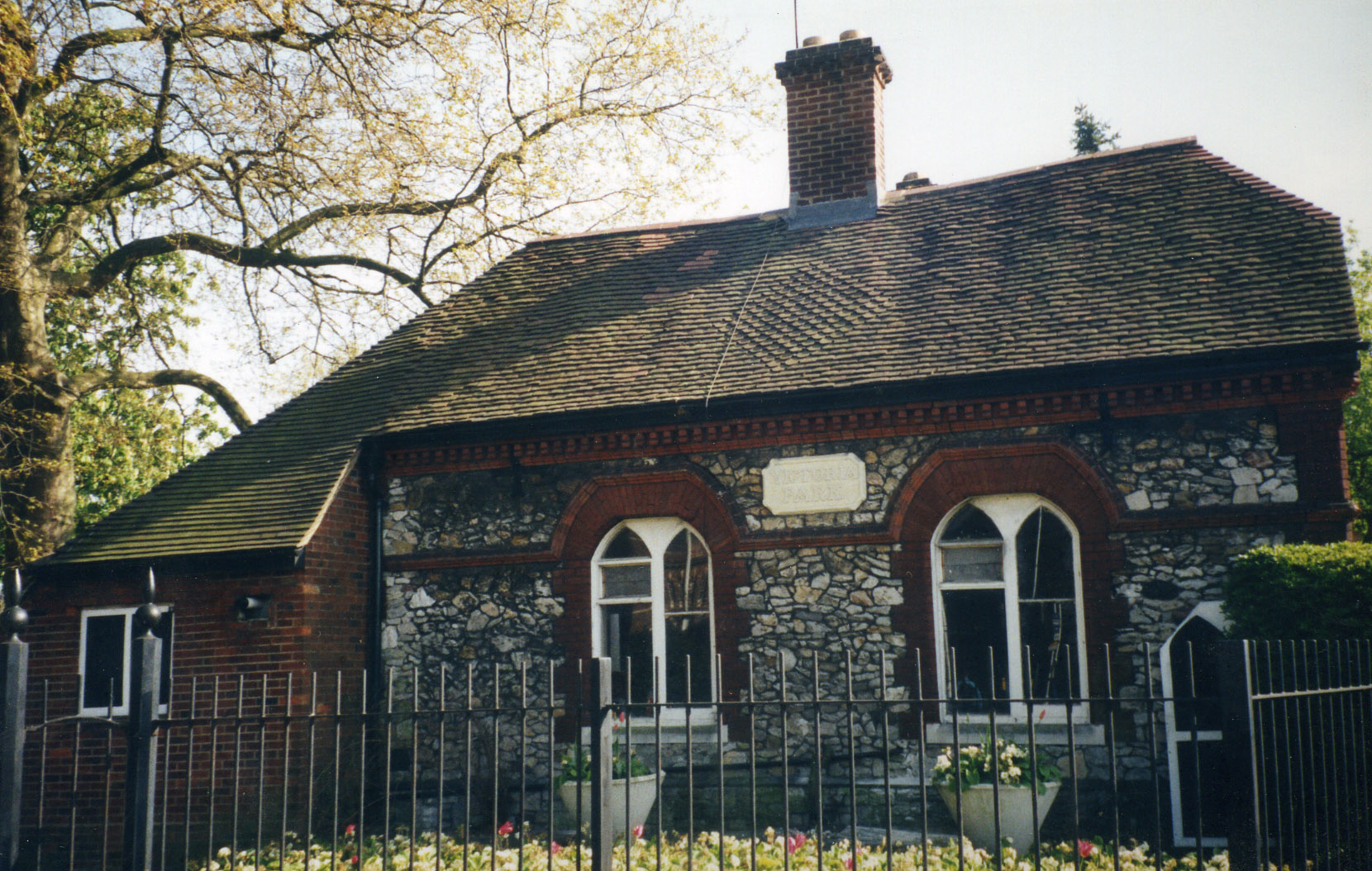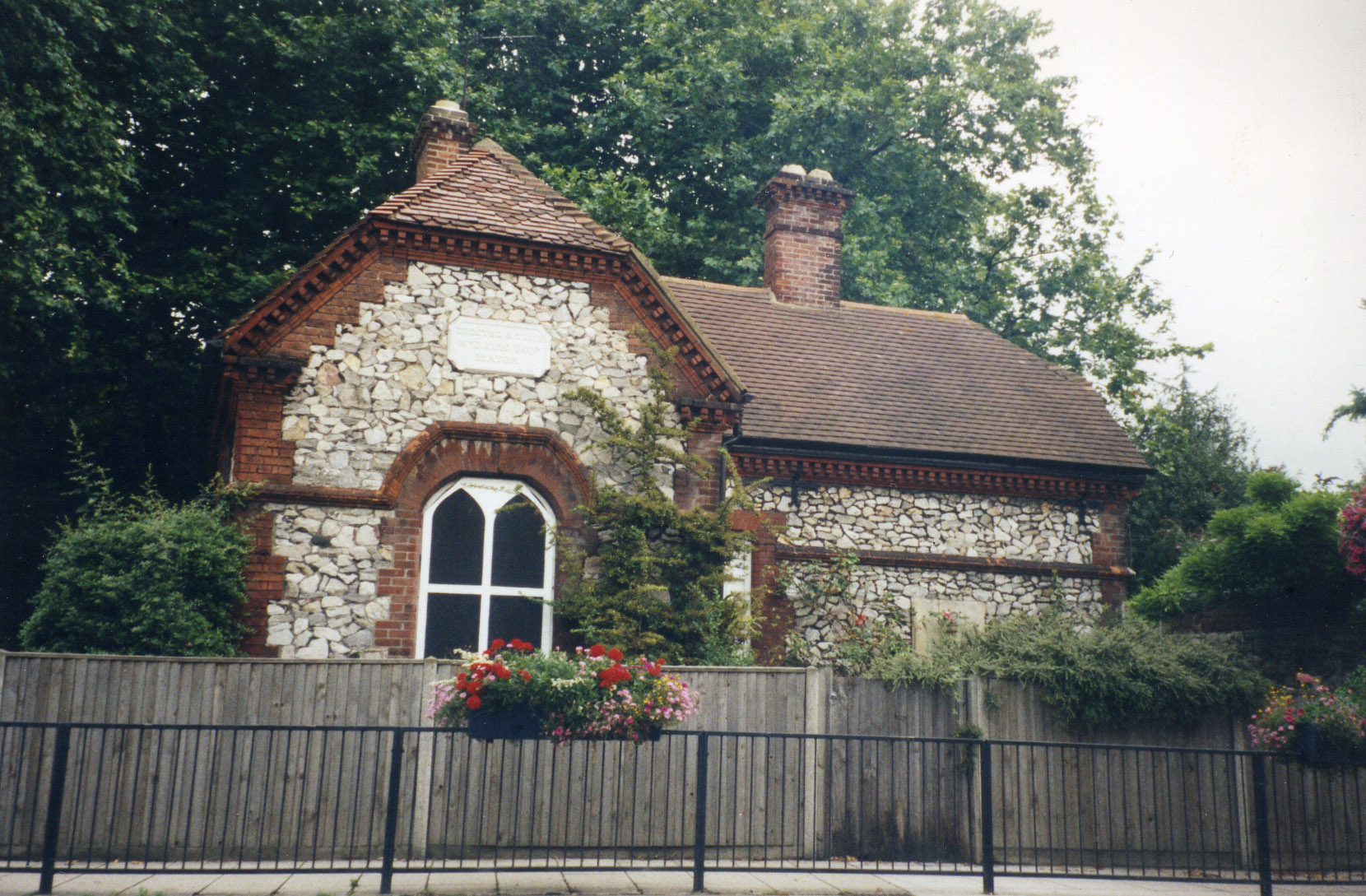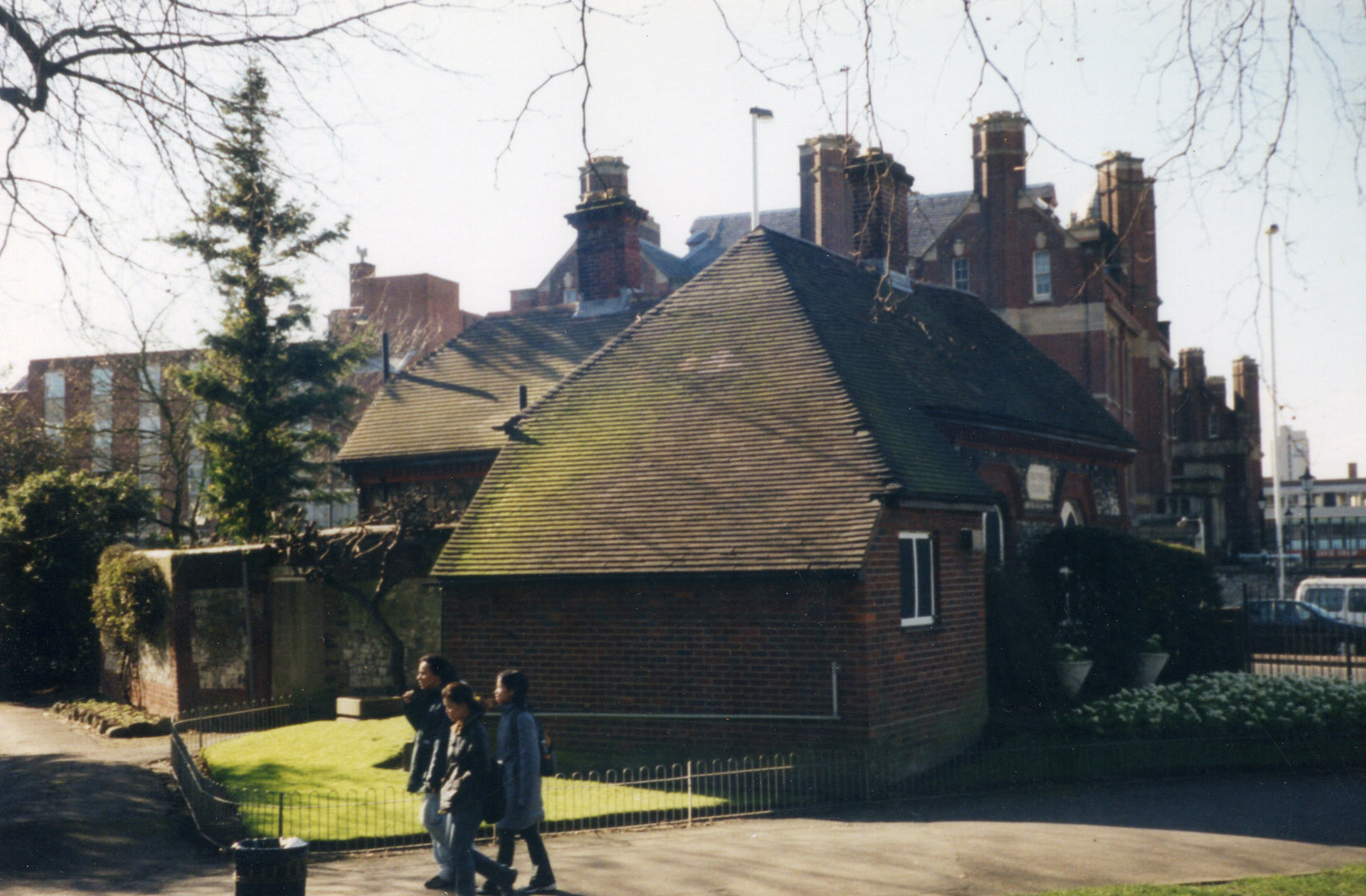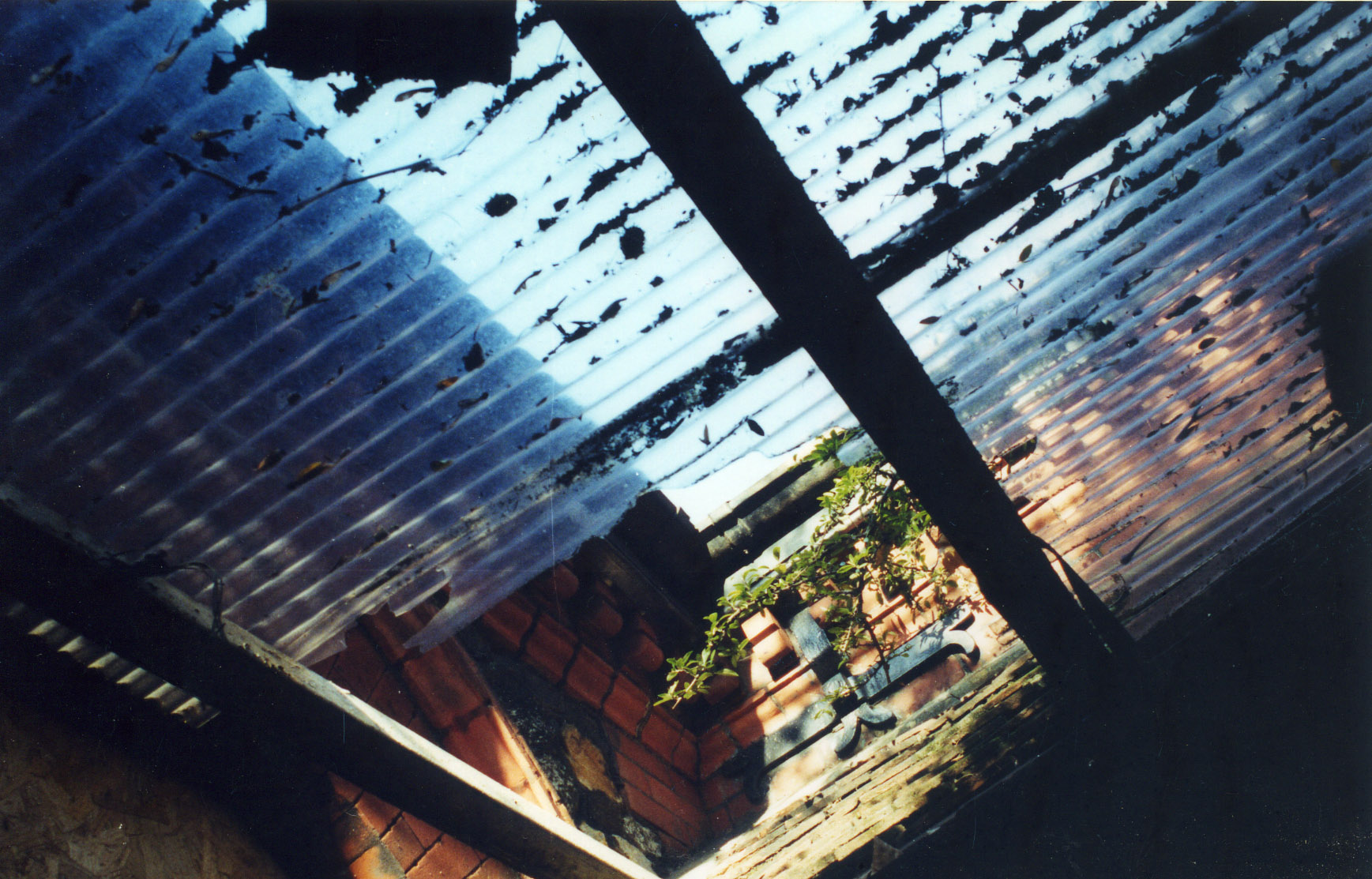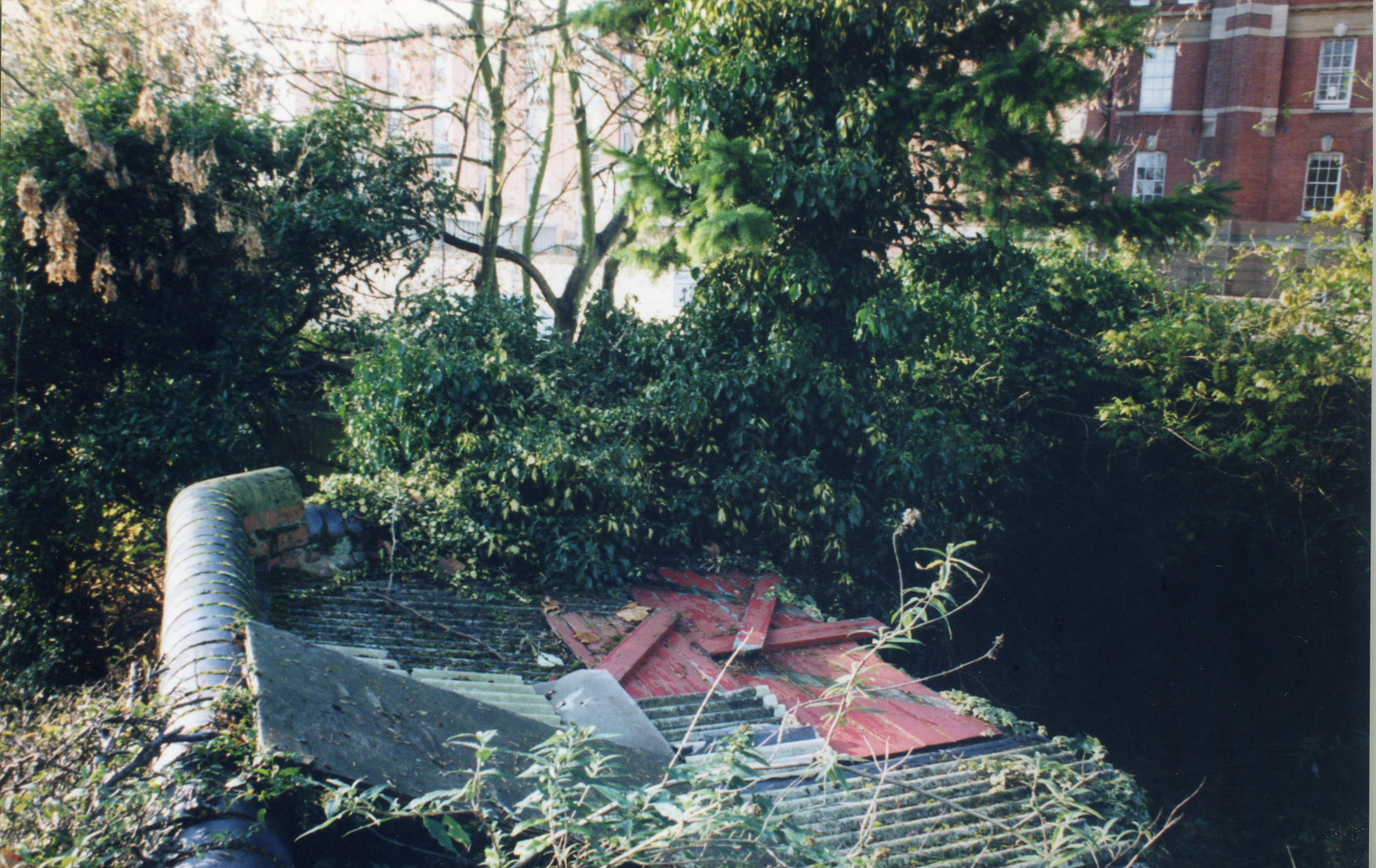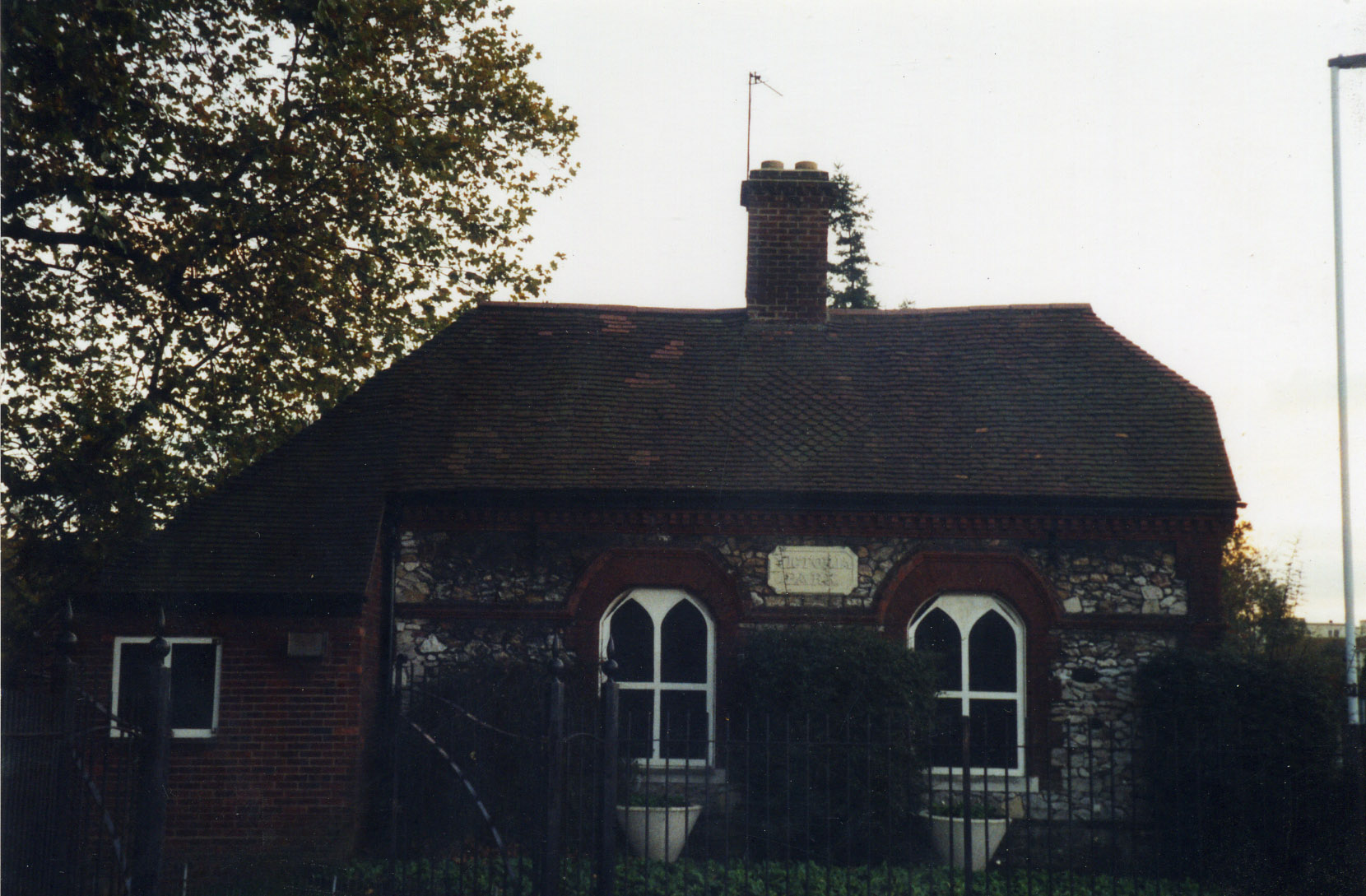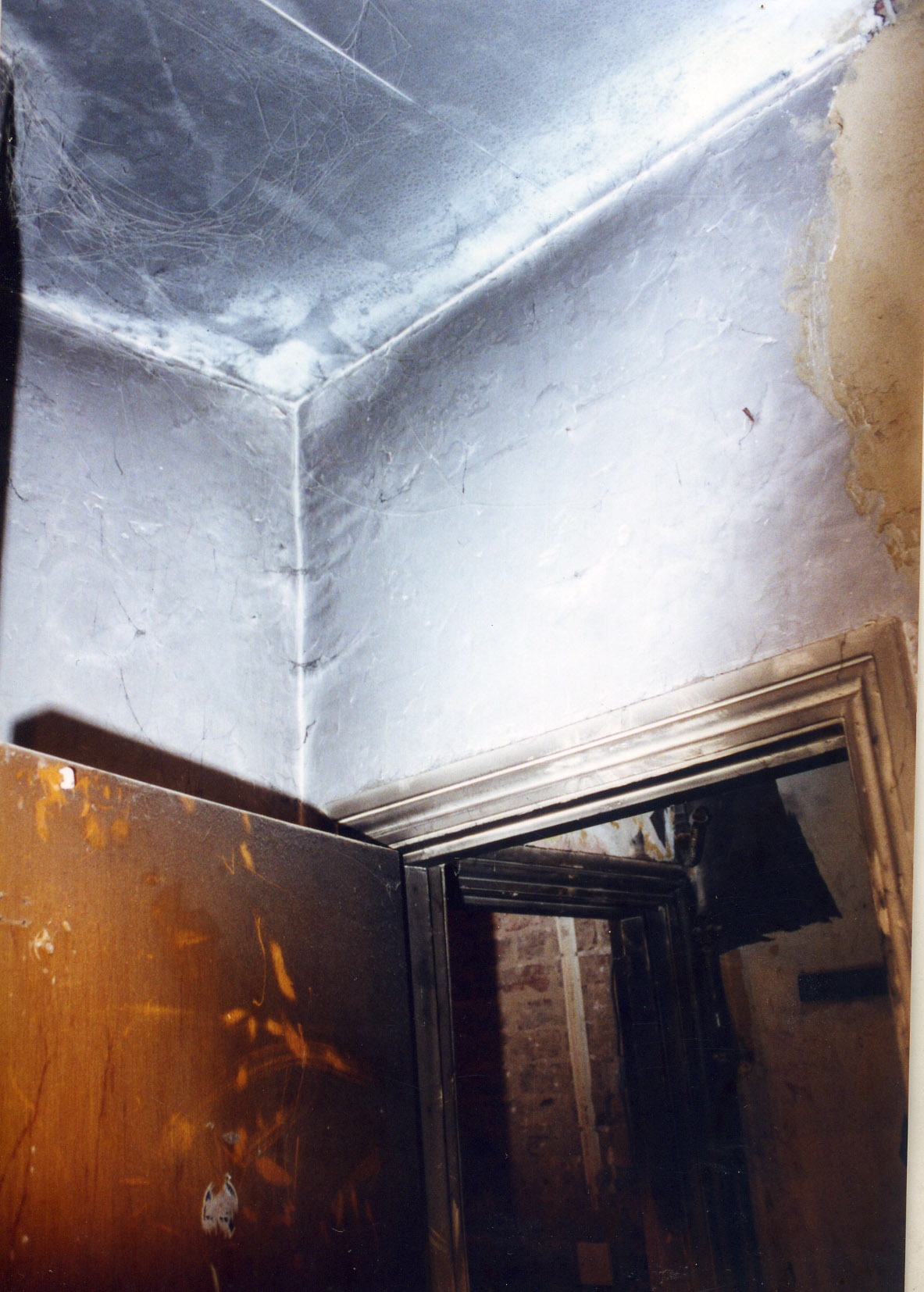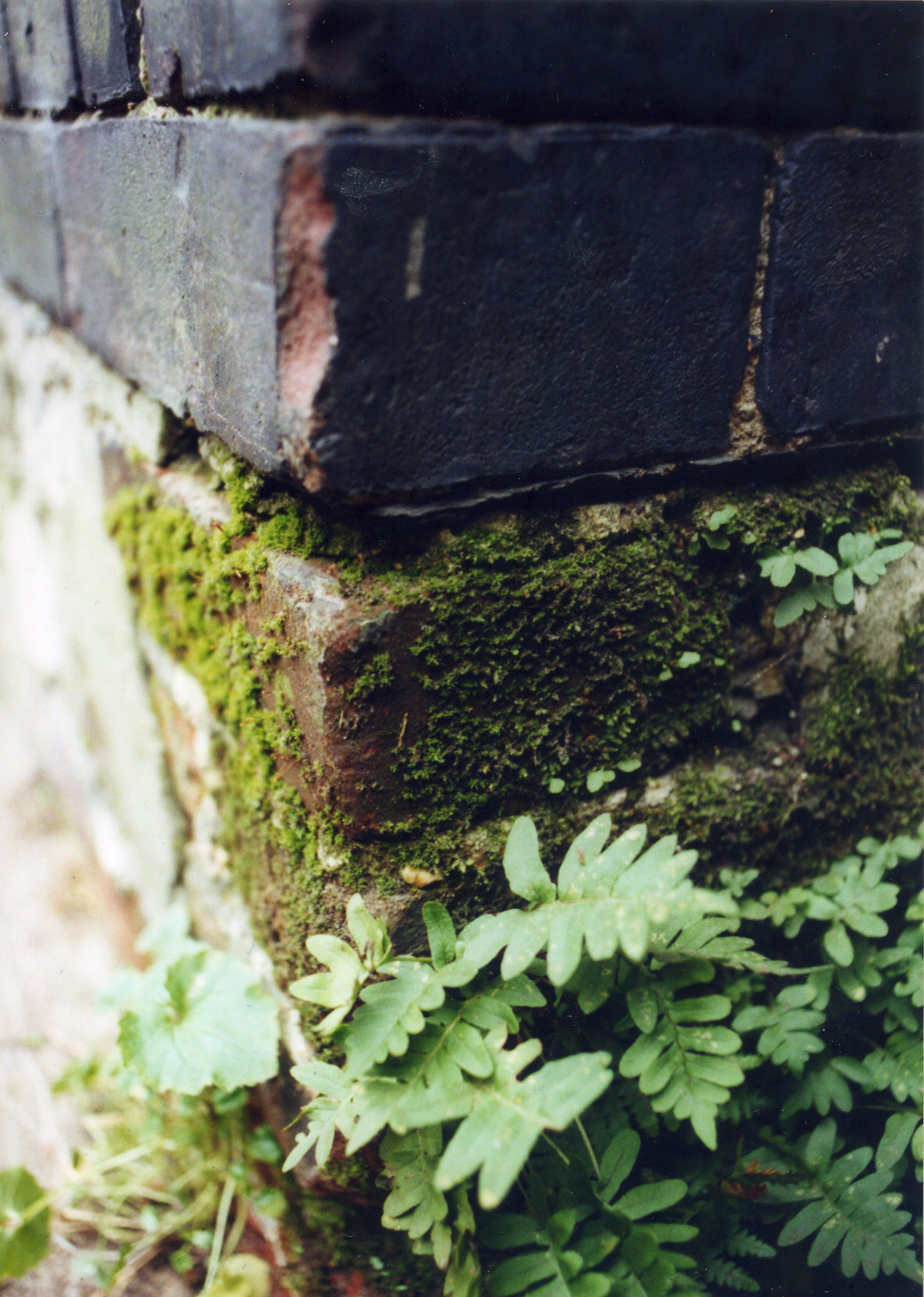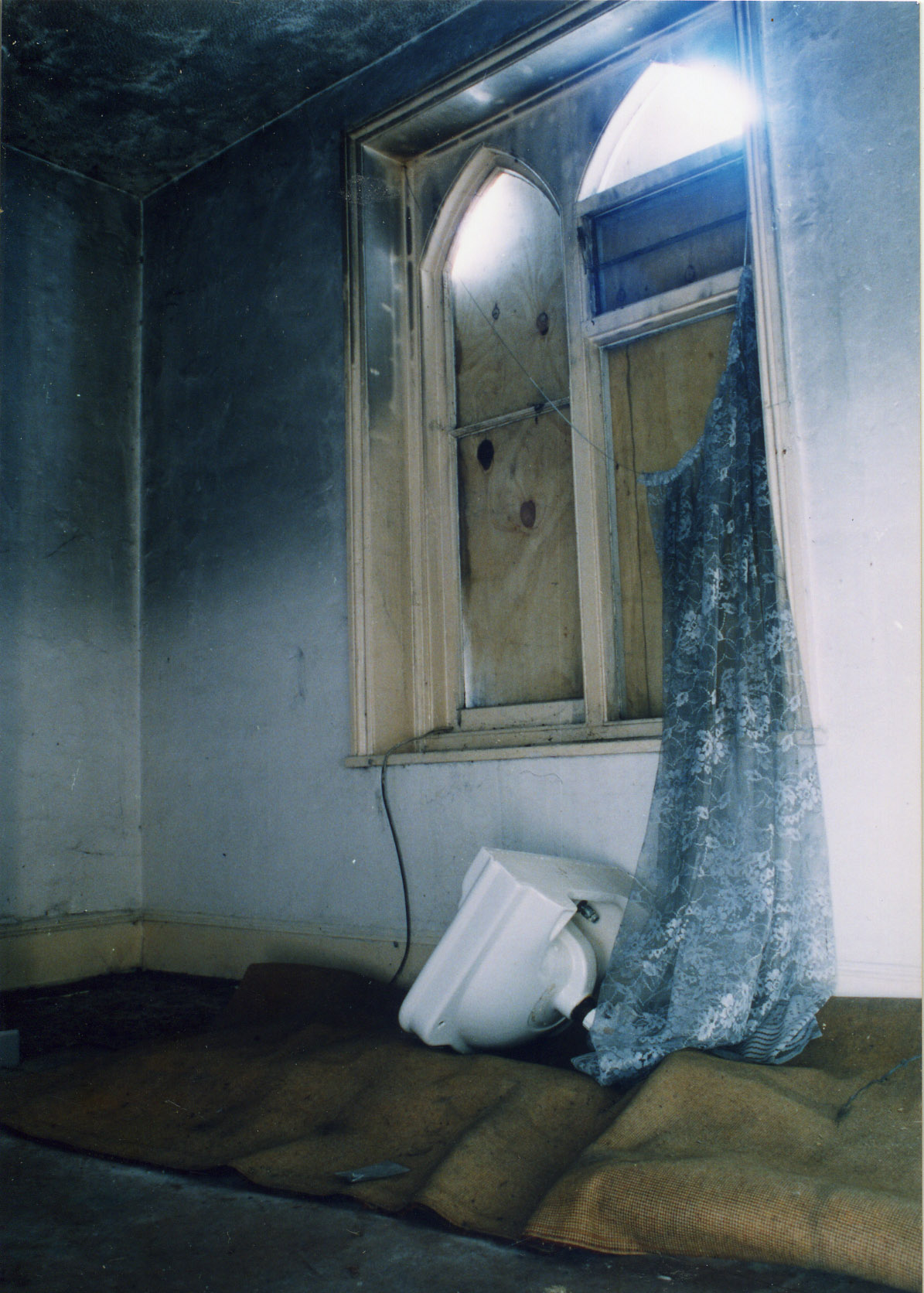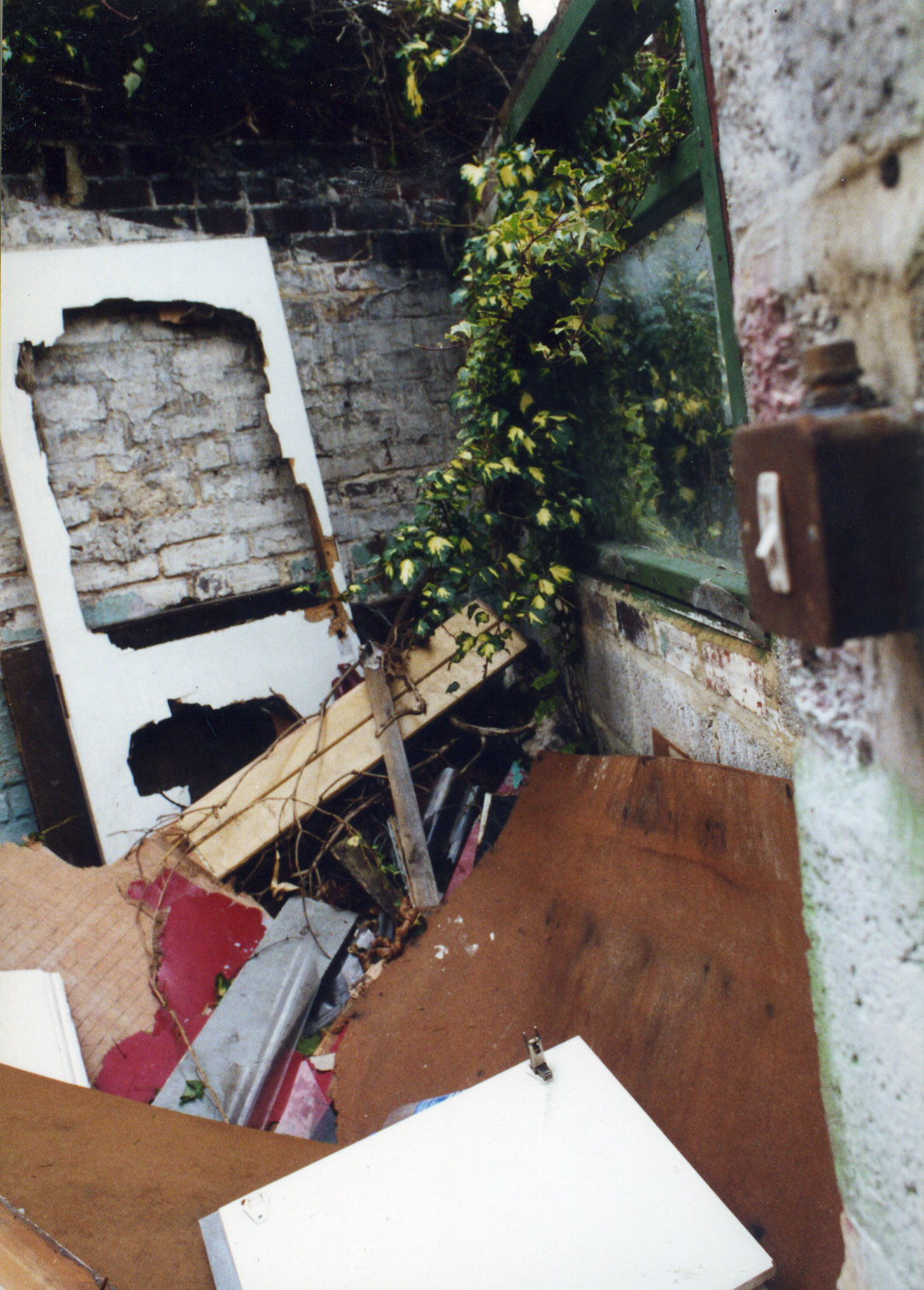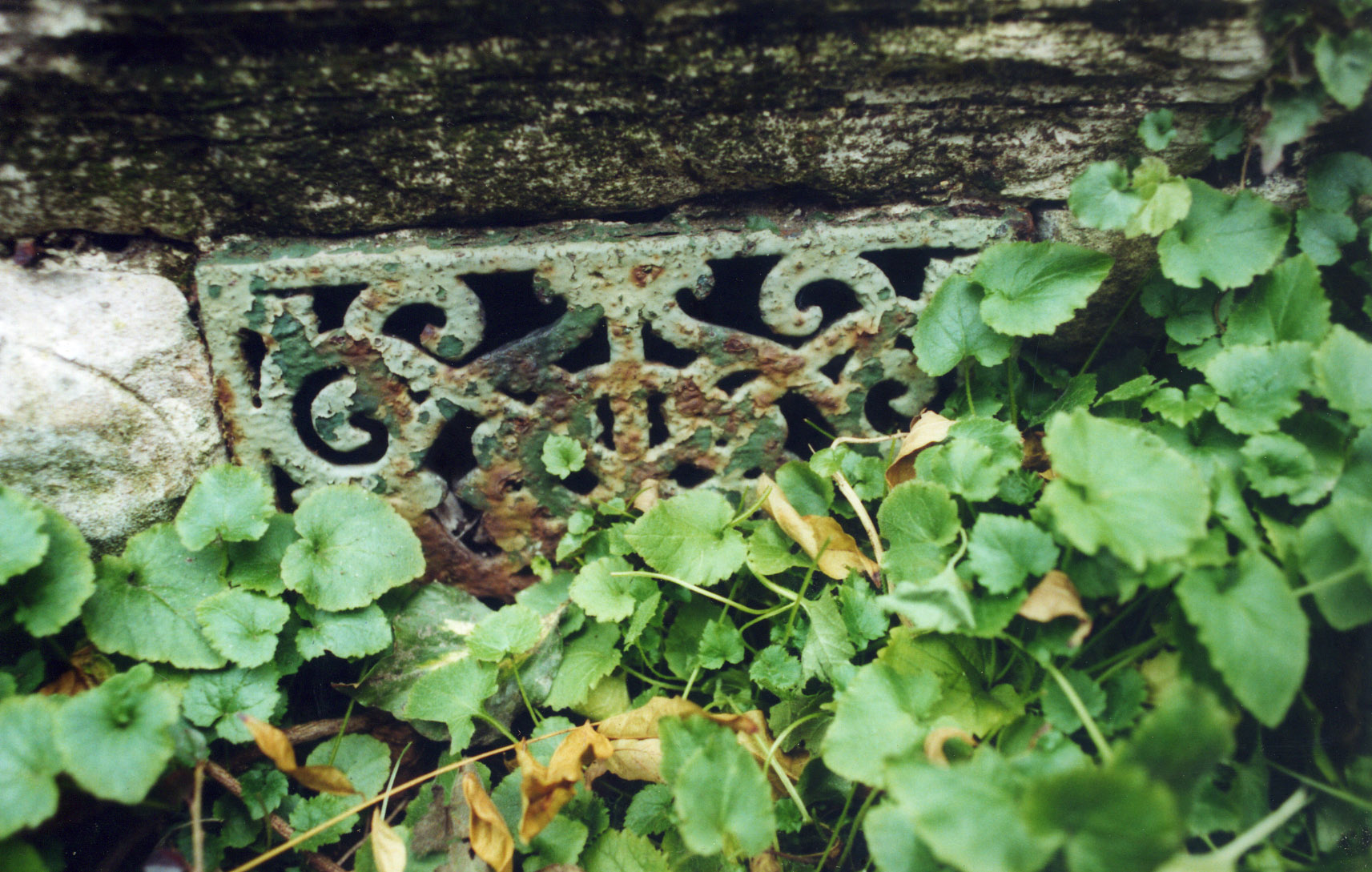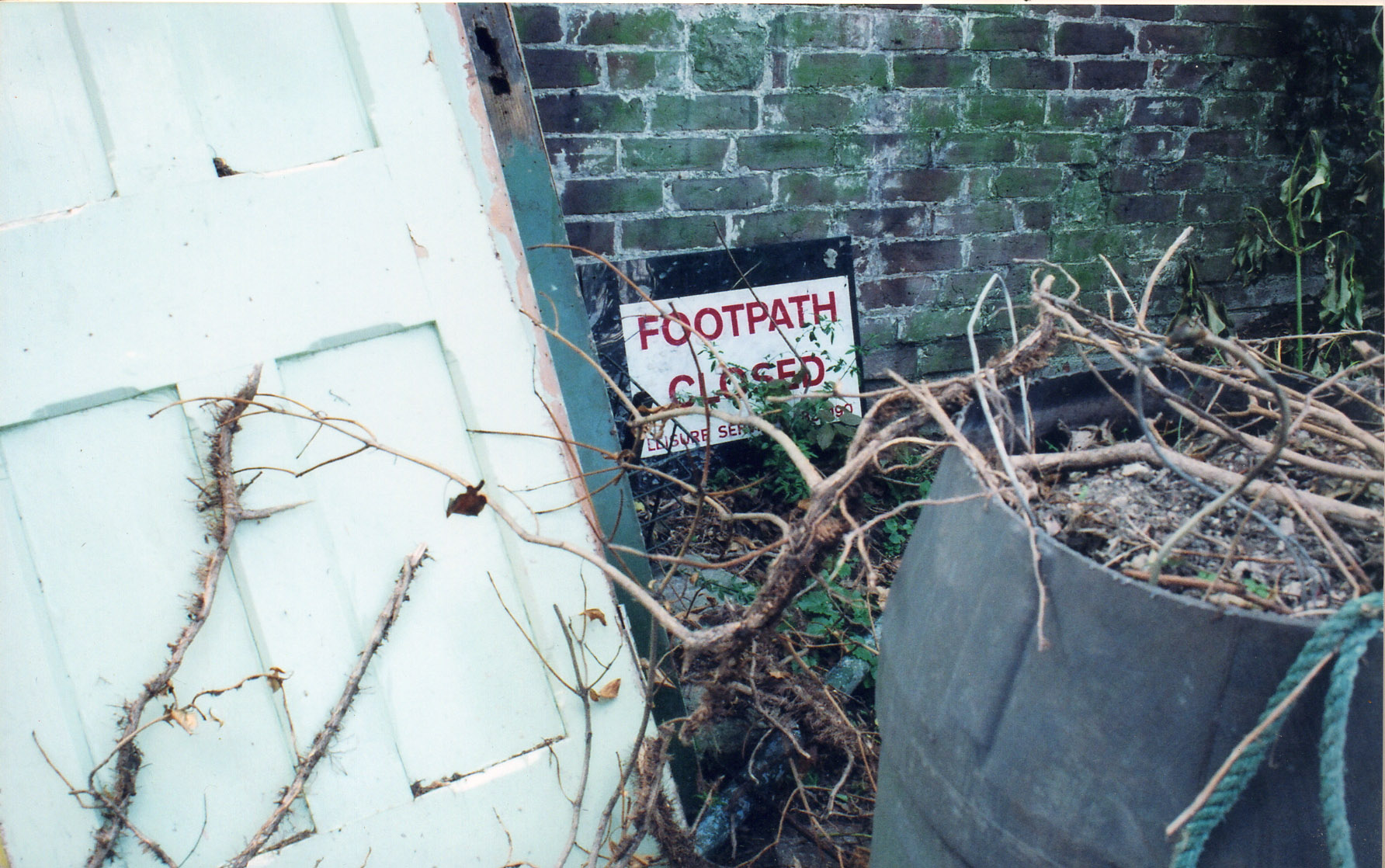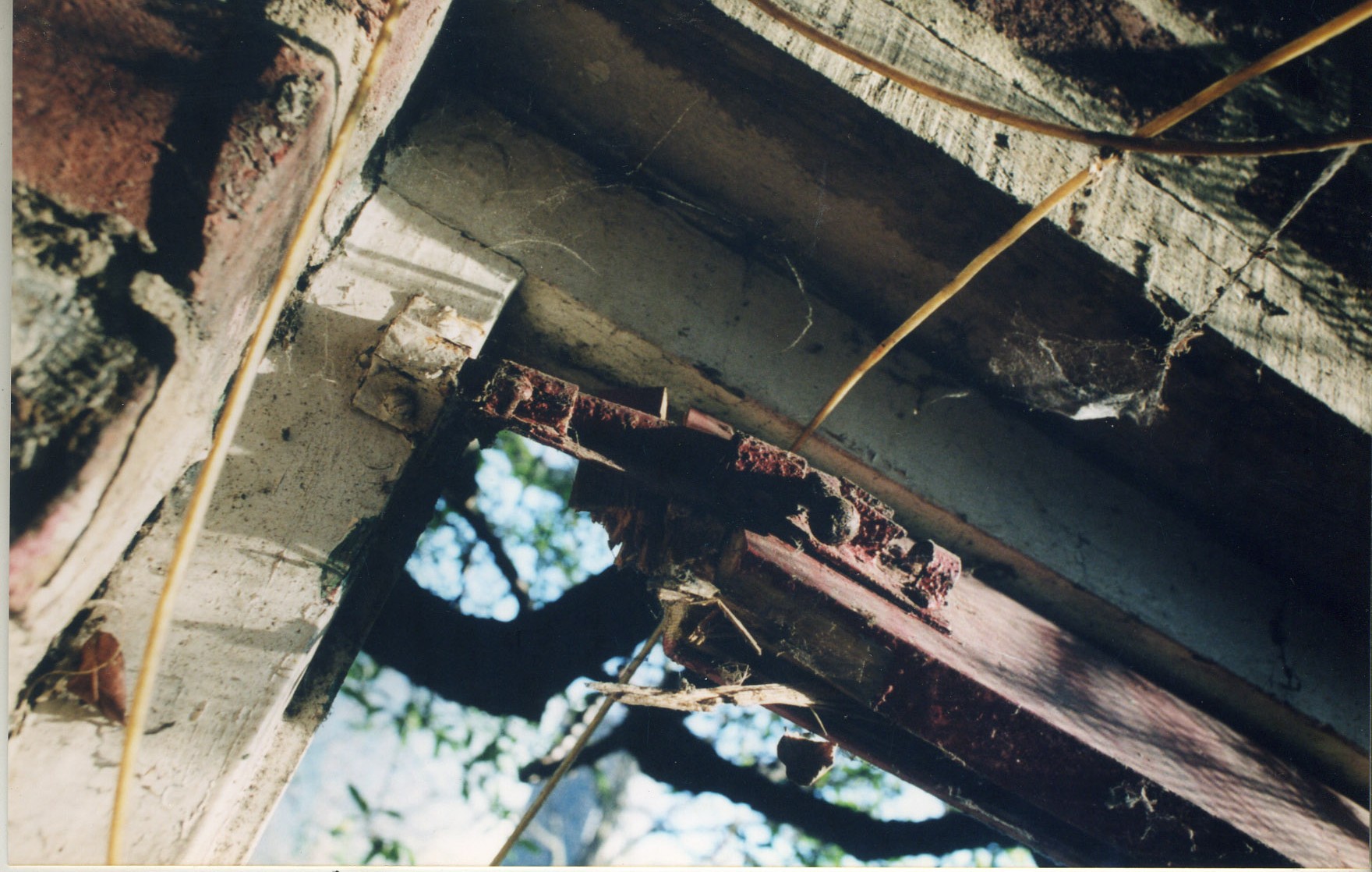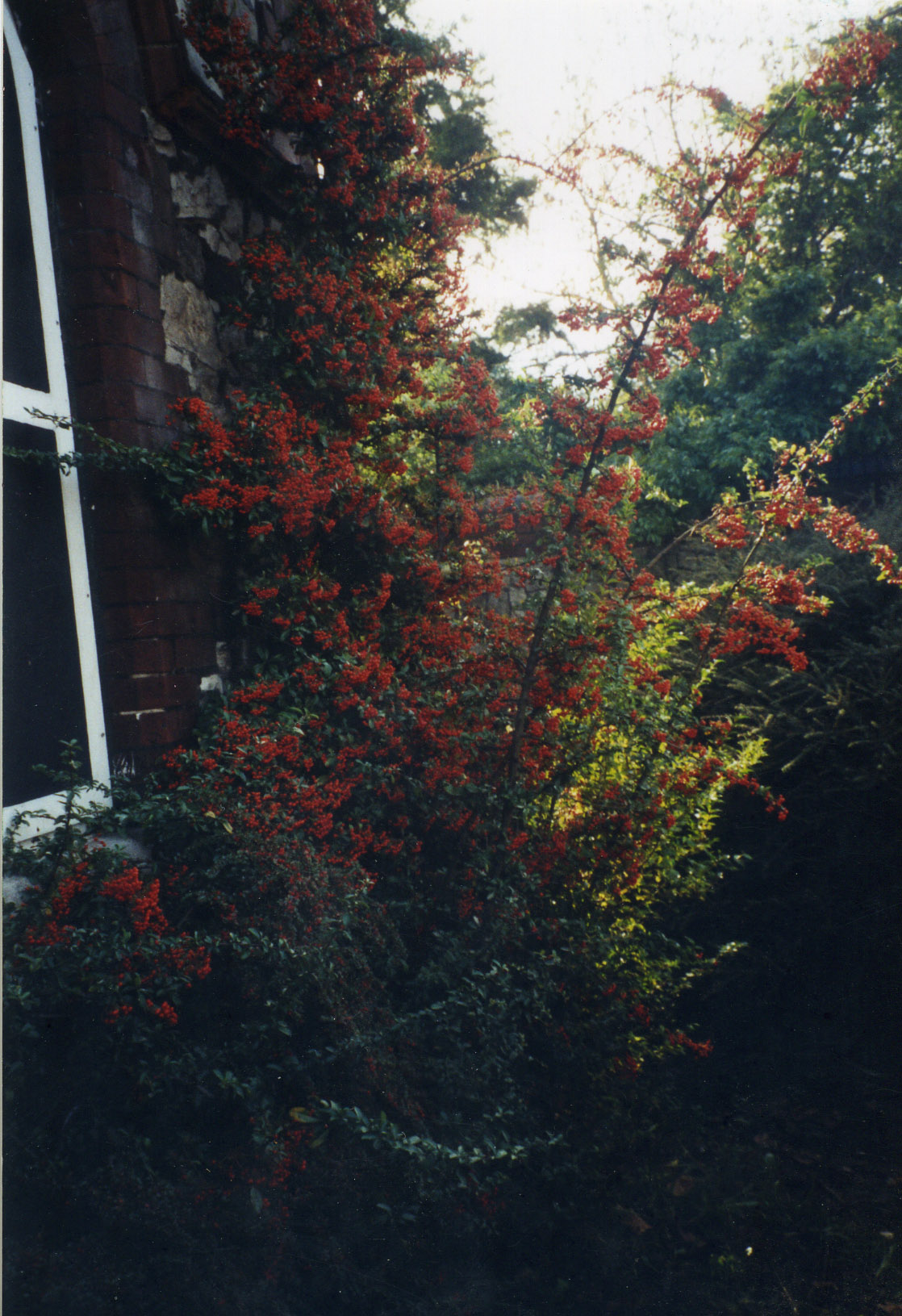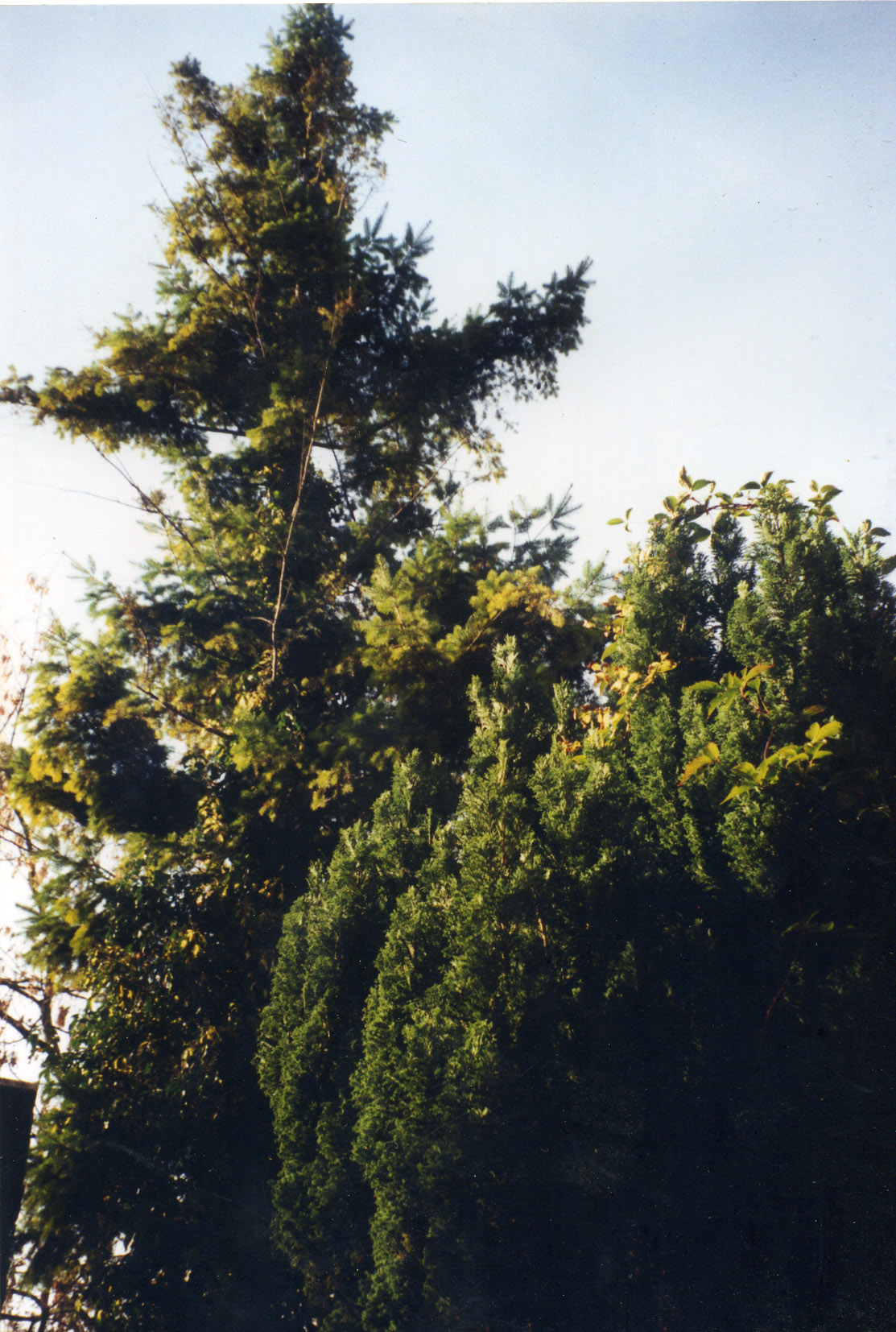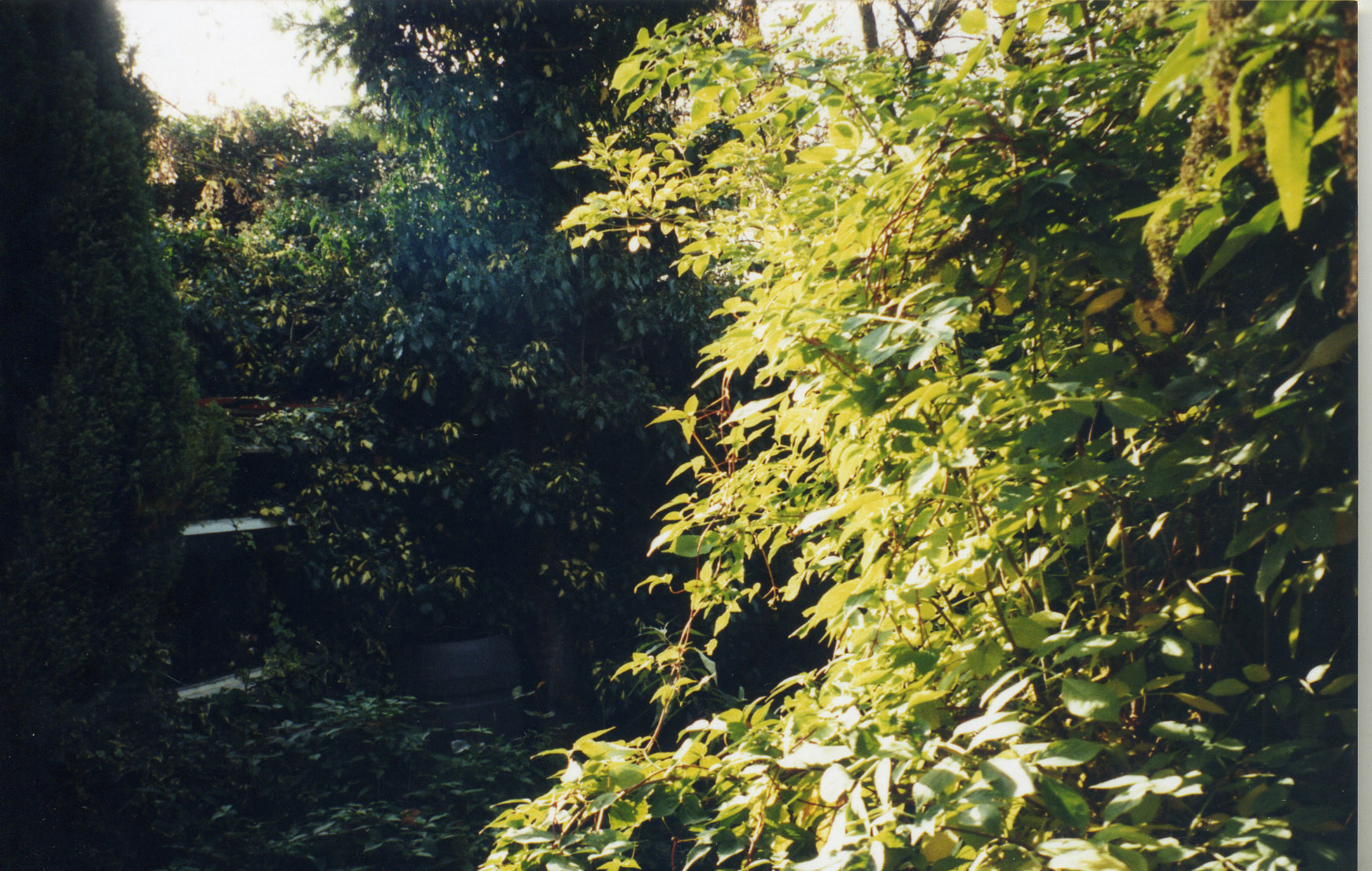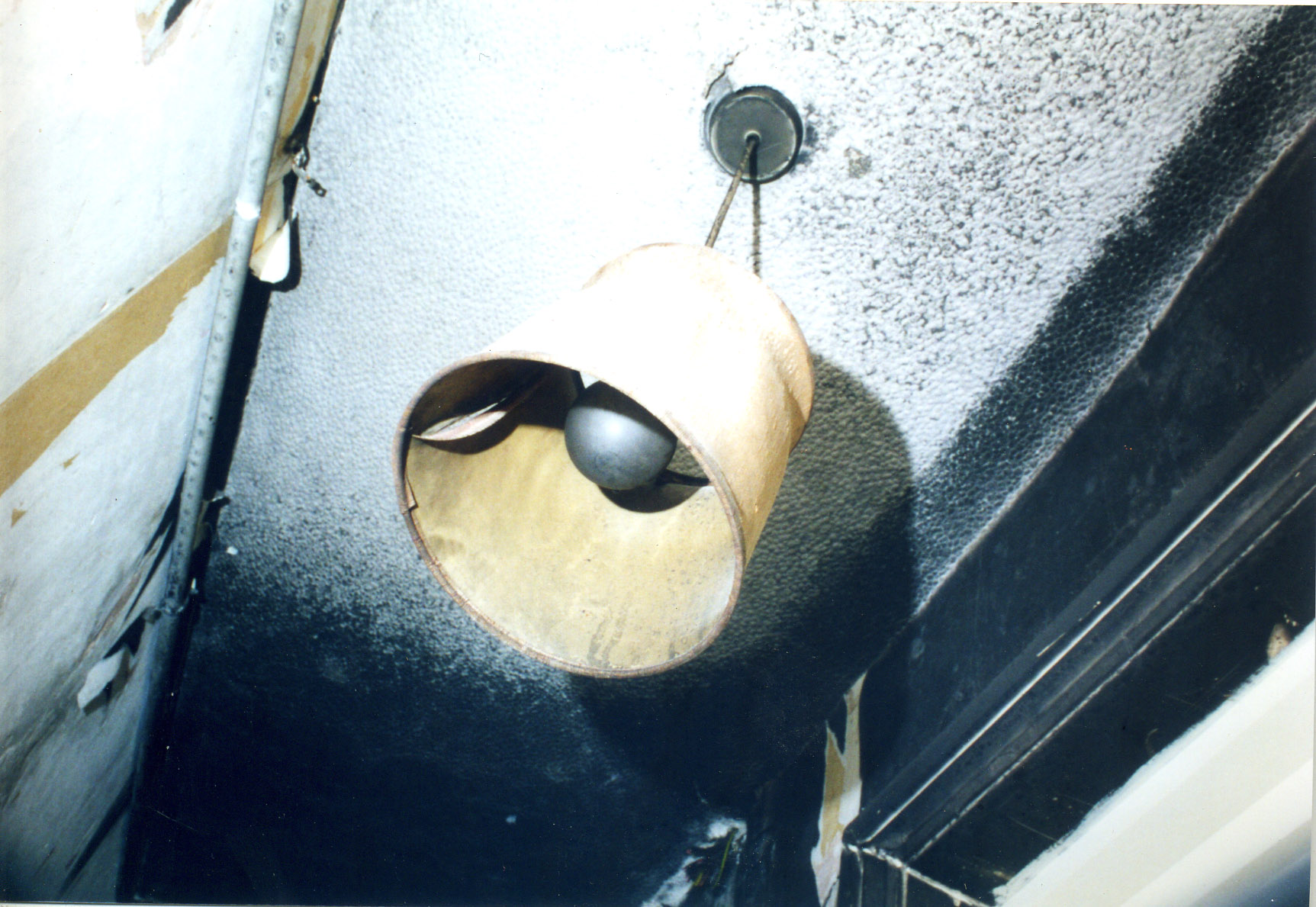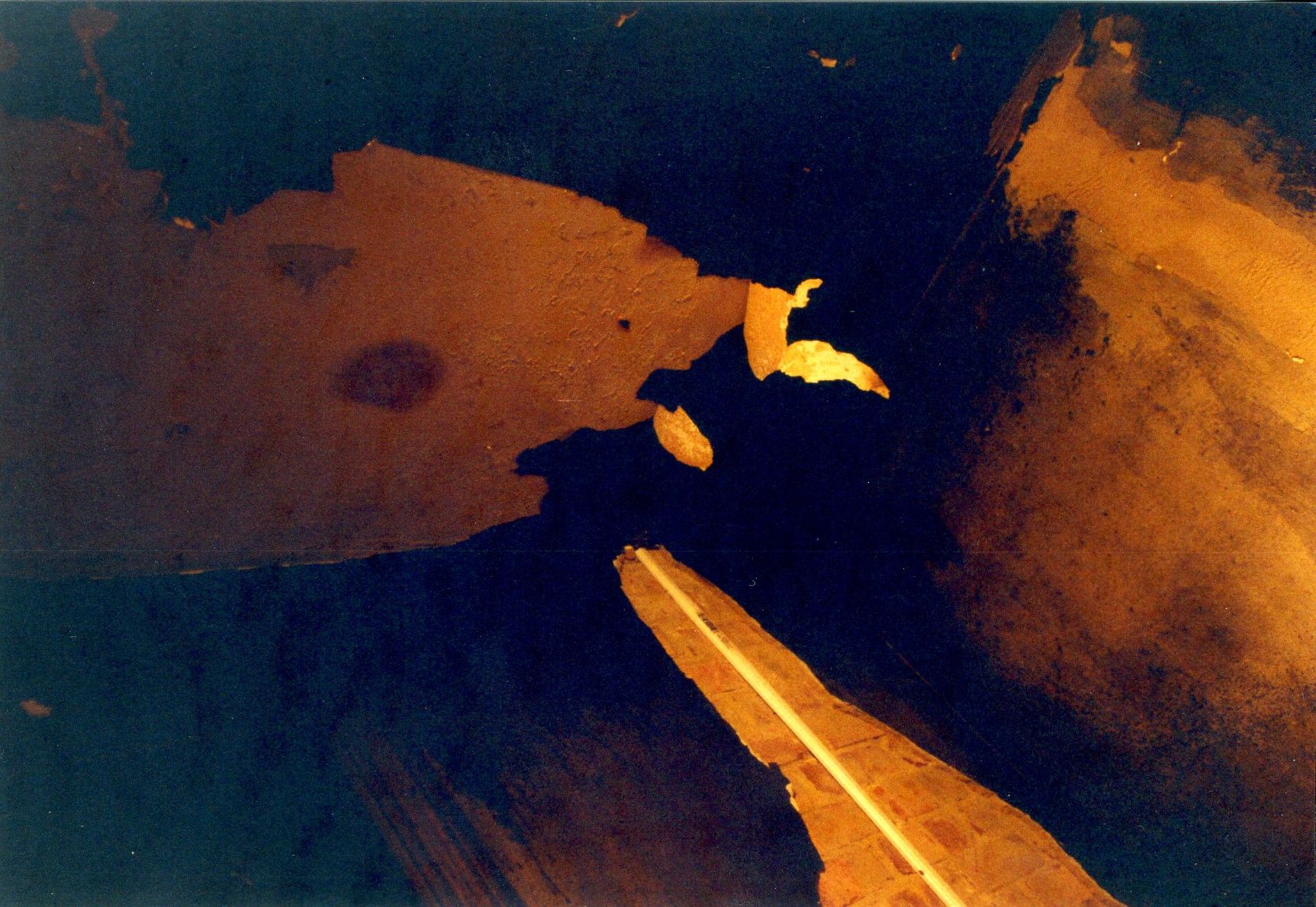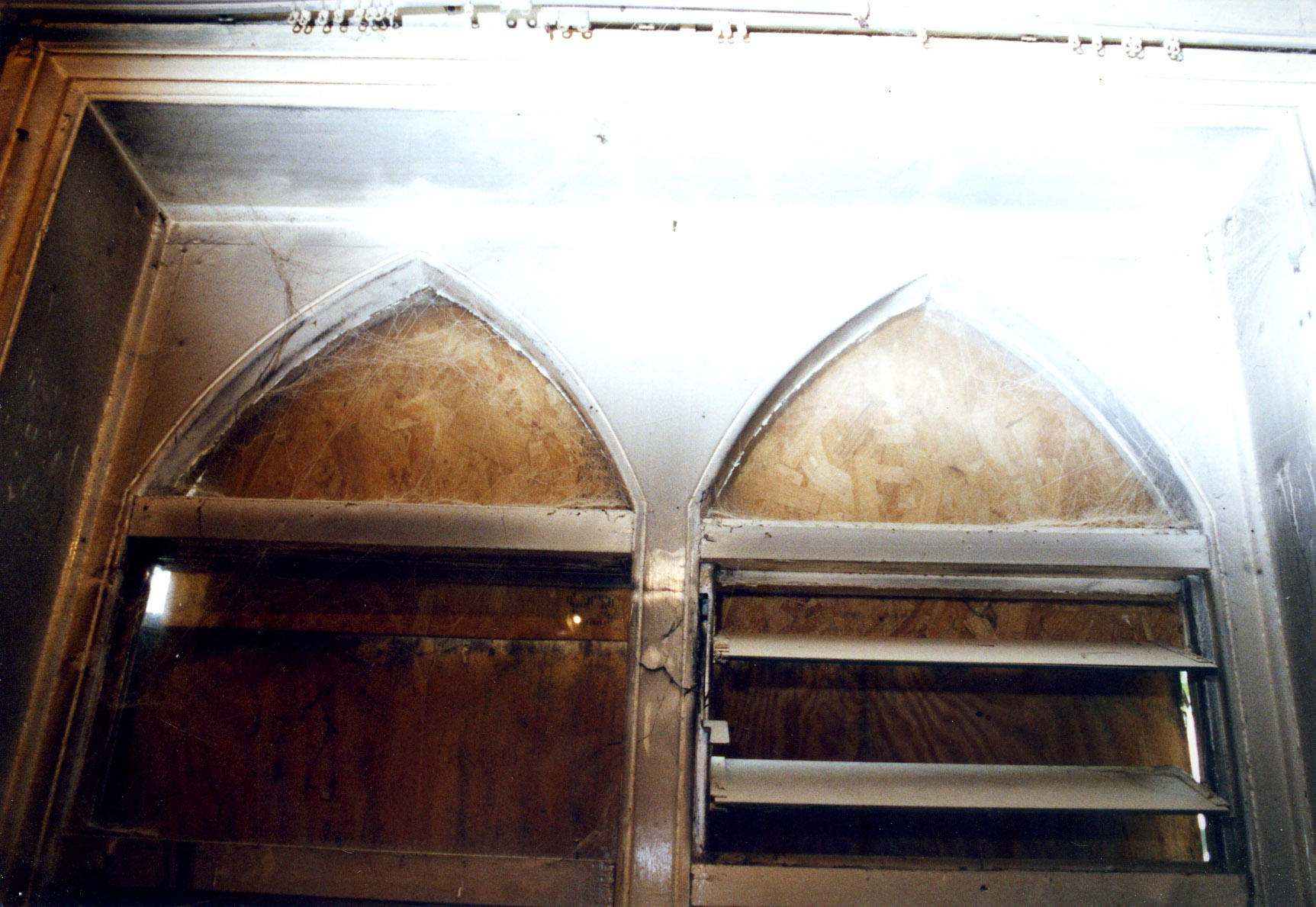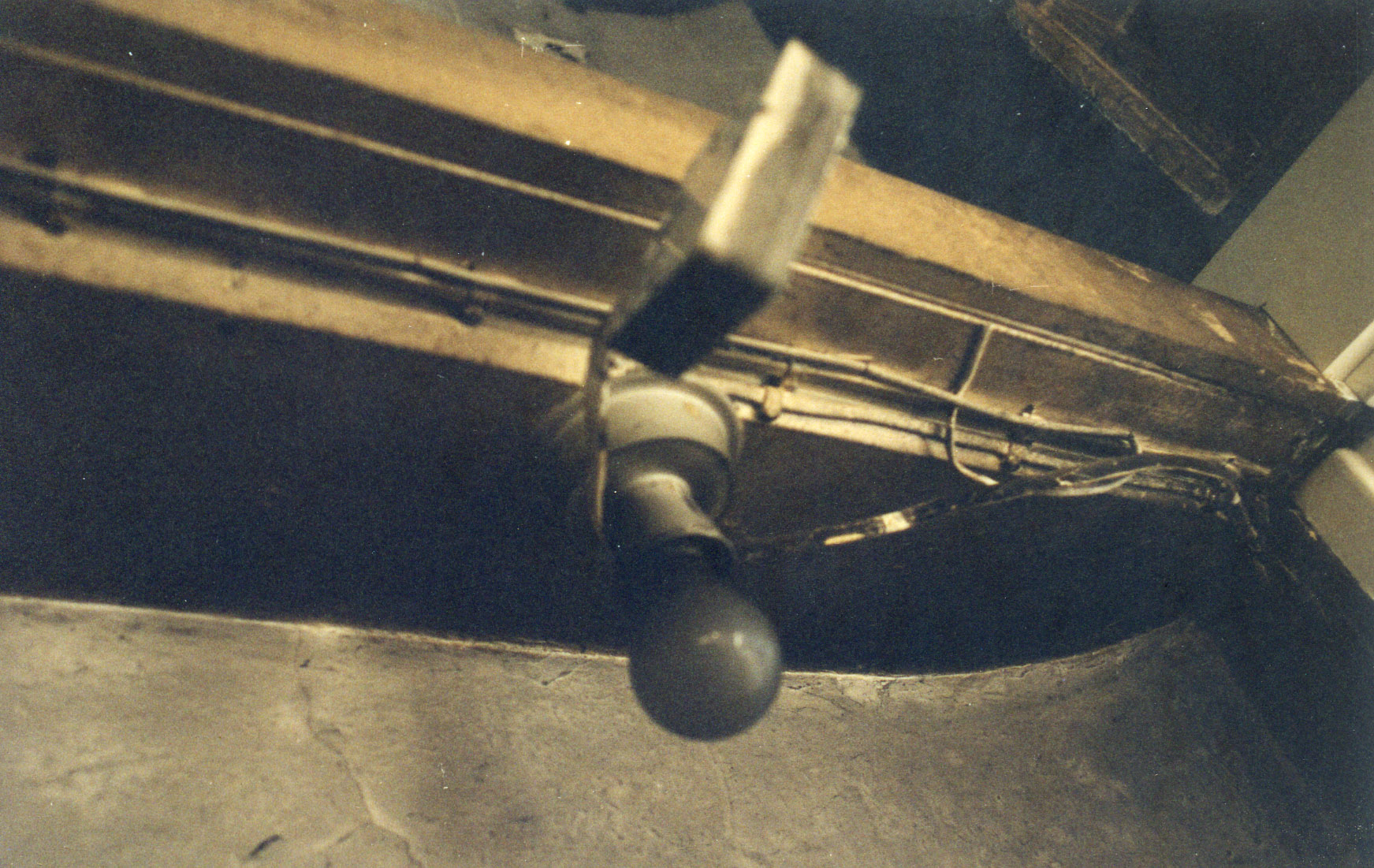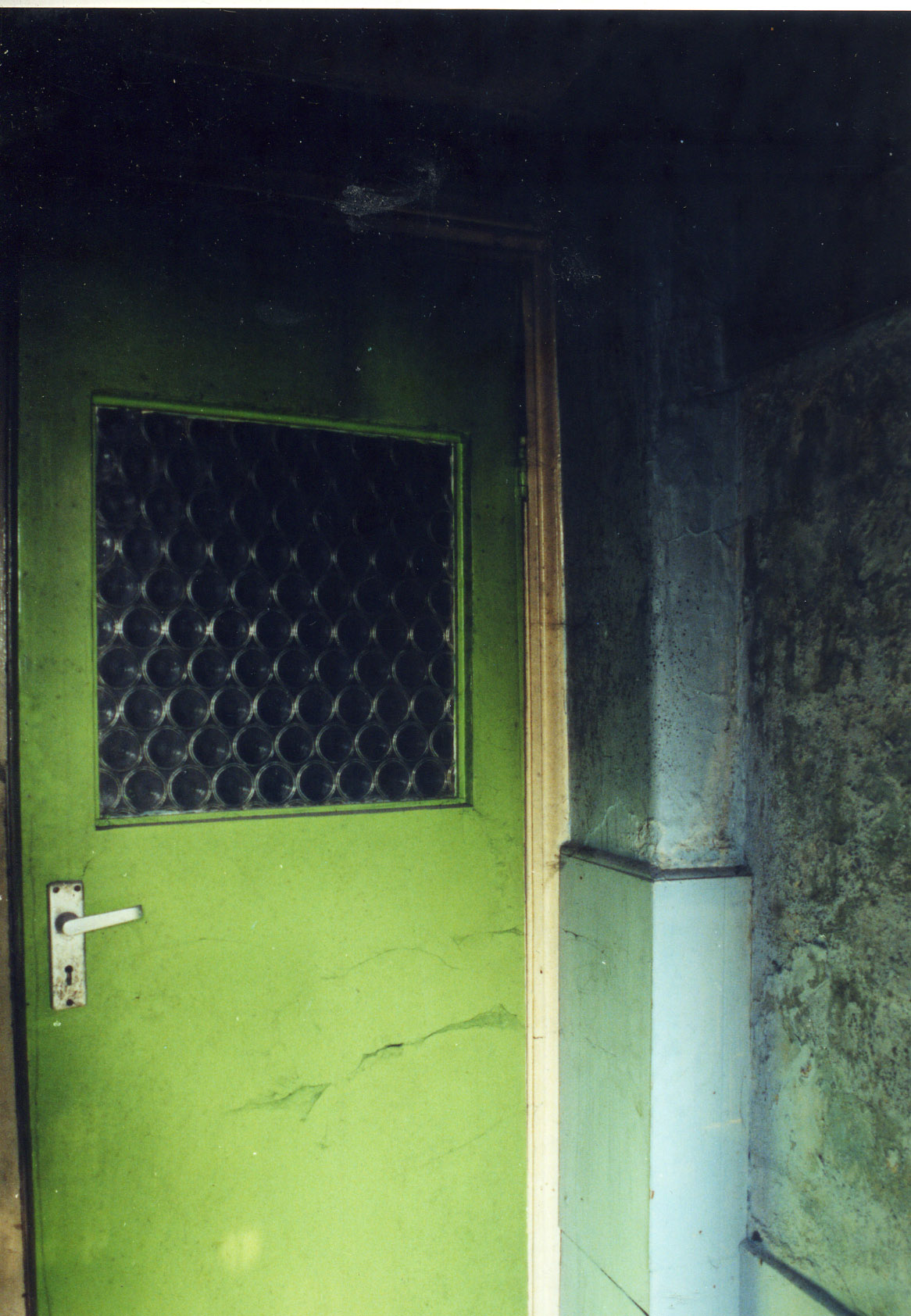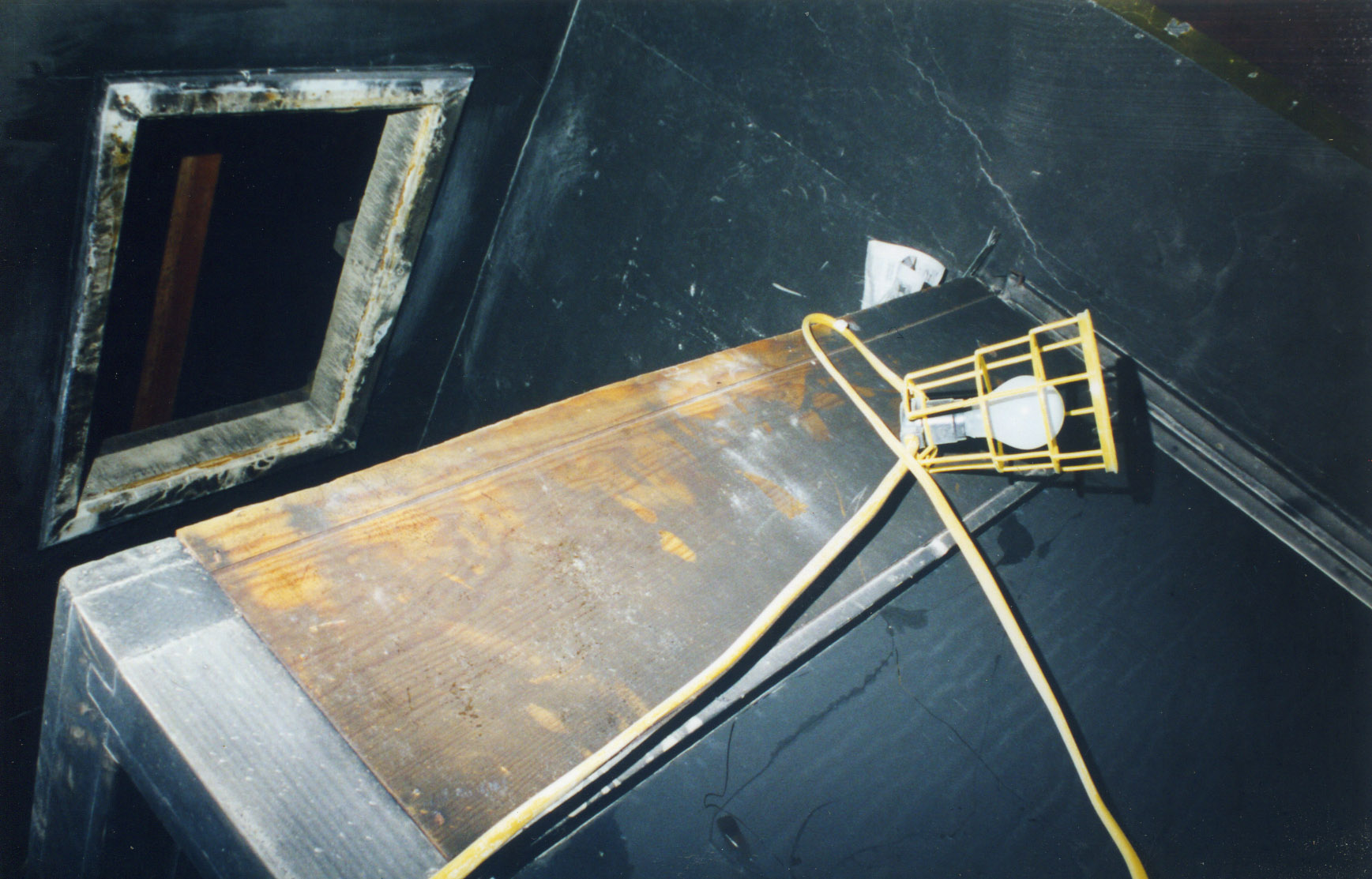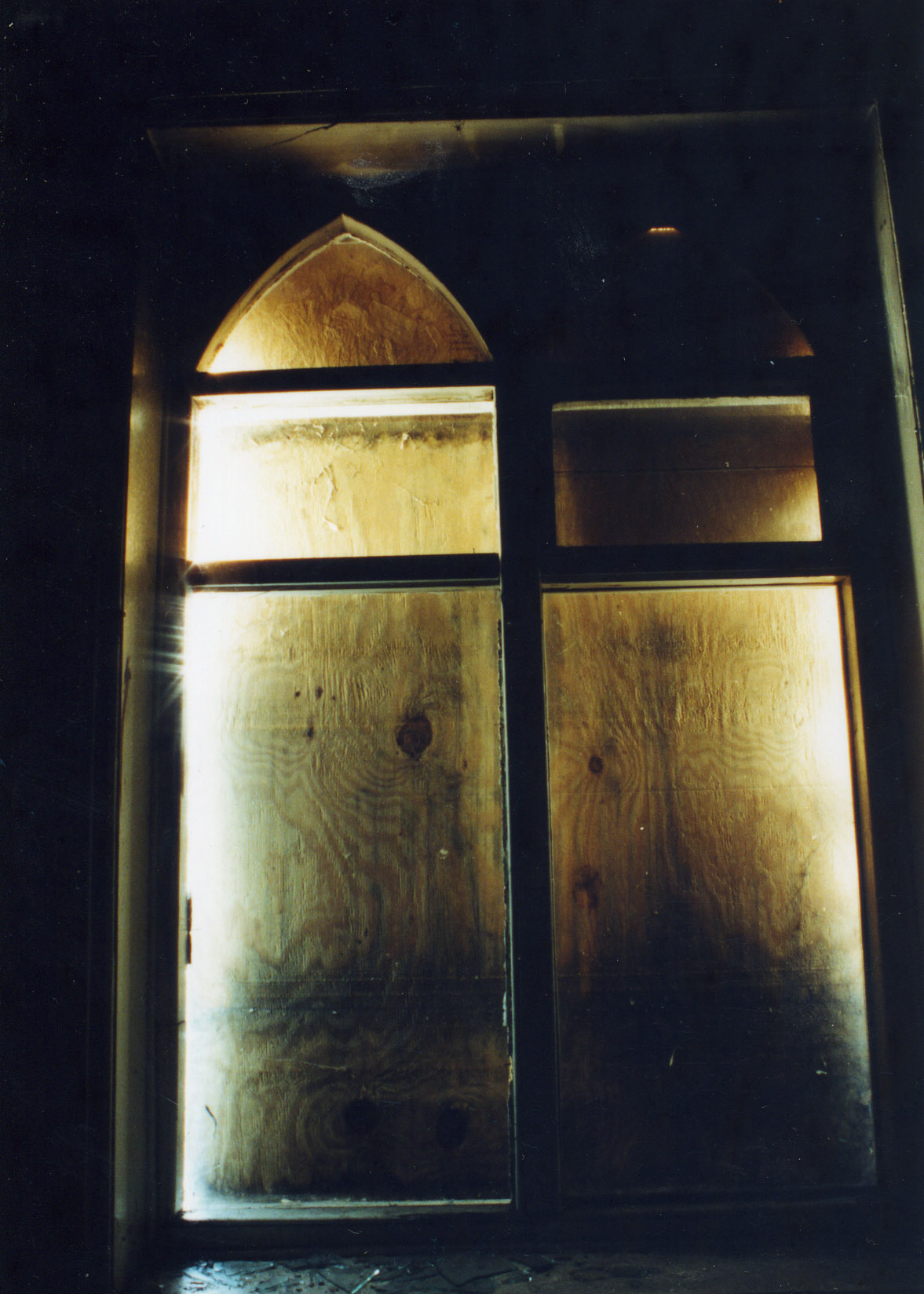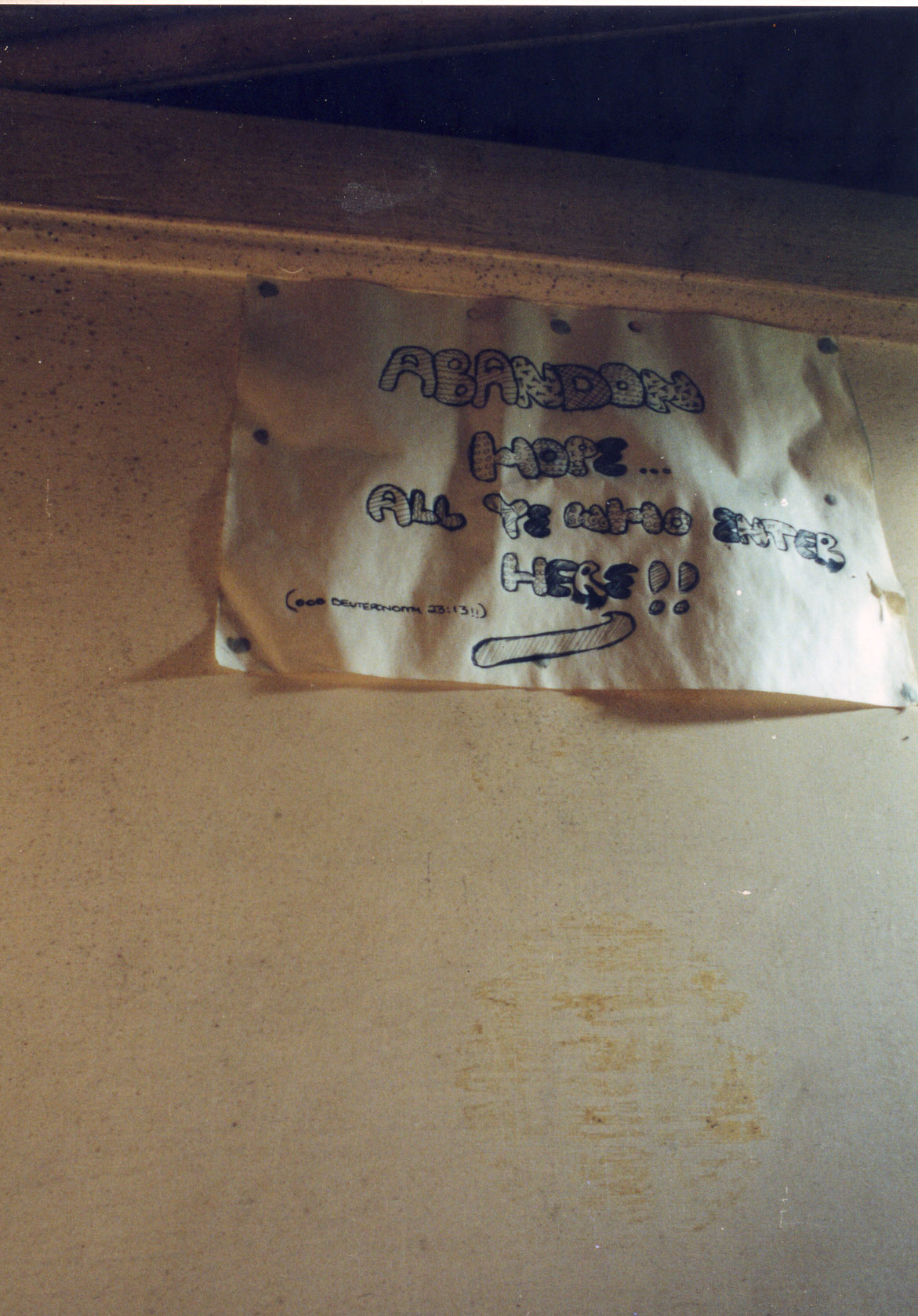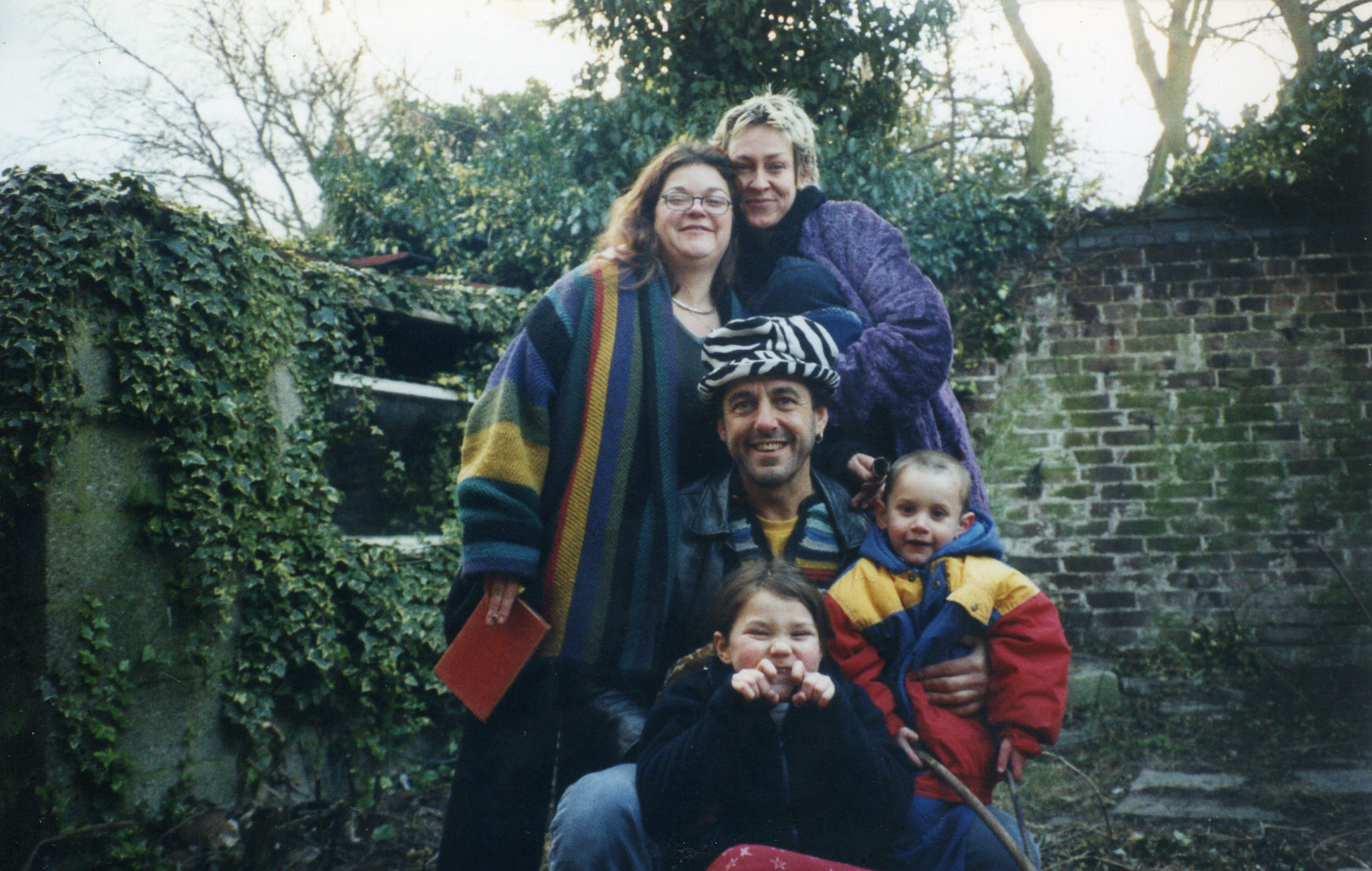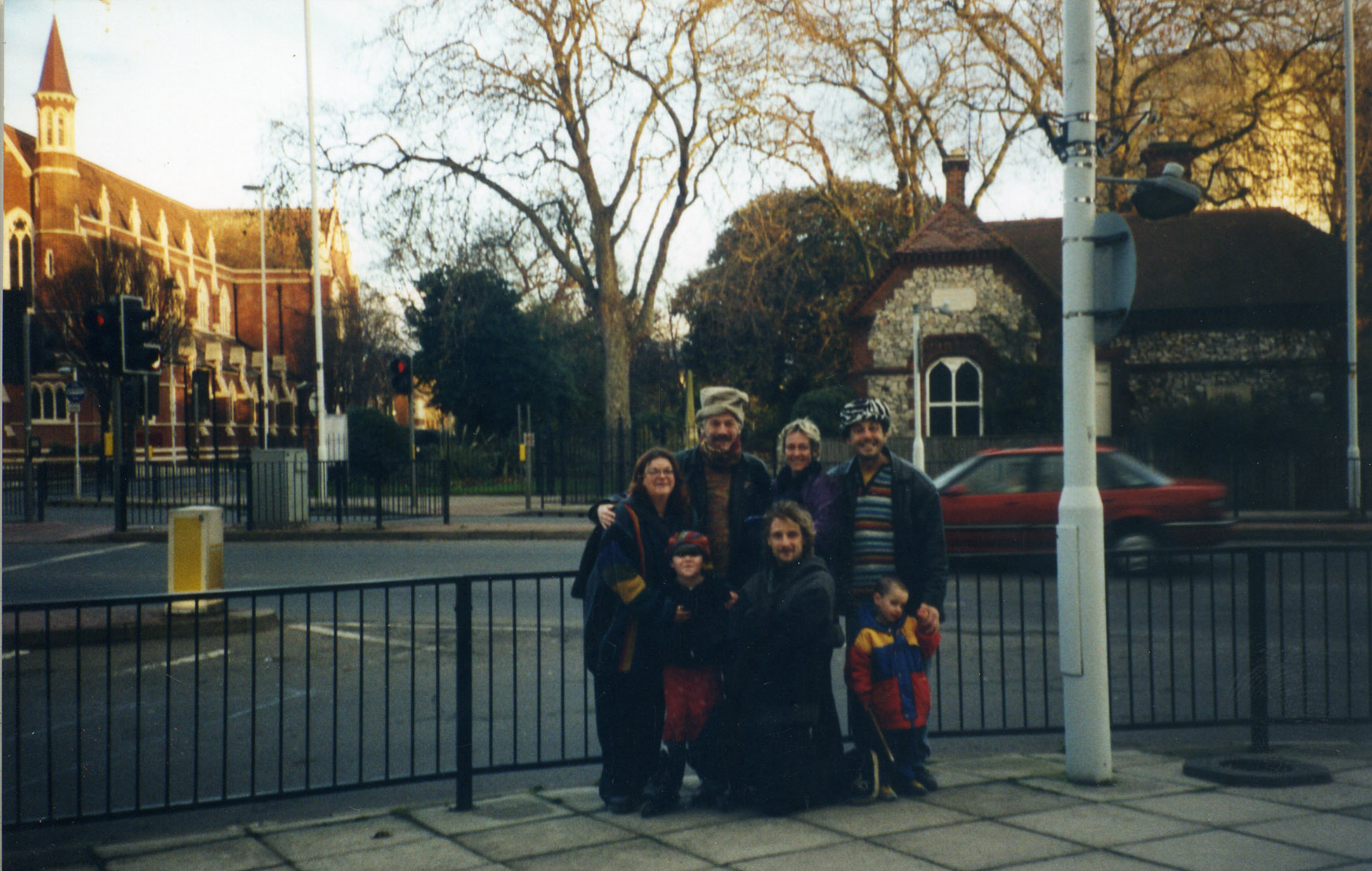A Potted history of The Lodge and Victoria Park
Victoria Park, originally known as The People’s Park, was designed by Alistair McKenzie and finally opened in April 1878 thanks to the persistent efforts of Alderman E Emanuel, Councillor John Baker and other pioneers of the Portsmouth Leisure service. The park was formally an open space owned by the War Office and was purchased by the Council in 1860, following the demolition of Portsea Fortifications. While McKenzie was designing the park the railway company built two embankments across the site.
Since its inauguration, the park has been reduced in size from 15 acres to its present 10 acres. A playground was constructed to the South of the railway embankment with swings, croquet, and quoits. This was demolished in 1908 to clear the way for a College.
The landscaping of the People’s Park was completed in 1877. The planting of the trees and shrubs alone took three months. Two Lodges were built, one for the Park Keeper and one for the Gardener. At the time, the Park Keeper was paid a Guinea a week, (£1:1:0d or £1:5p in decimalized currency,) and the Gardener received sixteen shillings a week. (Now worth 75p.) Only the Gardener’s Lodge remains, sited at the junction of Edinburgh and Anglesey Road.
In celebration of Queen Victoria’s 60th birthday on May 25th, 1878, the Lord Mayor of Portsmouth formally opened the gates of the re-named Victoria Park. At the time of the opening ceremony, the park boasted a drinking fountain with a twelve-meter diameter drinking basin, a bandstand, and a children’s playground. None of these survive. The present fountain, surrounded by a carp-filled pond, was exhibited at the Great Exhibition at Crystal Palace. The fountain is of cast iron, apart from one of the decorative swans, which was damaged and replaced with a fiberglass facsimile.
The park houses a varied collection of monuments. Among the most notable is now a much-weathered brown marble column dedicated to the memory of Admiral Sir Charles Napier who died in 1860. Napier was an innovator concerned with the development of steam and iron-hulled ships, but he was also a staunch advocate of humane reform within the Navy. The column, which originally stood at the junction of Commercial and Edinburgh Road, was paid for by subscription from the Petty Officers, Seamen, and Marines and is inscribed, ‘To commemorate the untiring efforts of a gallant officer and true-hearted man in advancing the welfare of the British sailor.’
Another extraordinary monument commemorates the crew of HMS Orlando who, between 1899 and 1902, saw action on the Chinese coast and mainland during the Boxer rebellion. The monument is a marble representation of a Chinese pagoda and originally contained the Dagu bell, removed from one of the Taku forts as spoils of war. The inscription on the bell, which, when translated read, ‘Come pleasant weather and gentle rain. The Empire happy, at peace again,’ must have been particularly poignant to the crew of the Orlando. Following negotiations with the Chinese government in 2005, Mark Lewis of the Lodge Arts Centre, with the help of Portsmouth council, oversaw the bell’s return to China, where it can now be seen in the museum of Tangu in the district of Tianjin. A facsimile of the bell was presented to the City of Portsmouth by the grateful Chinese people and now resides in the monument in place of the original.
Music has been a vital part of the Victoria Park tradition from the original bandstand right up to date. Among the latest and most successful of these being the Parties in the Park organised by the Lodge Arts Centre.
By 1910 the Victoria Park aviary had become a popular feature and was expanded to include rabbits and guinea pigs, today it now also has a small colony of chipmunks. The present, circular aviary was opened in 1988 by the Vice-President of the French League fro the protection of birds. His wife Simone Duncombe, whom the aviary was named after, was Mayor of Caen at the time and developed links with Portsmouth as a twinned city.
In 1978 the city started the park’s centenary celebrations with a re-dedication of the park. The celebrations included the turning on of the fountain, which had been renovated and the planting of new trees by school children following the Dutch elm disease disaster.
For well over a hundred years special events have been regularly organized in the park. Annual illuminated fetes with competitions and lantern light walk. A photograph in the central library shows the park decorated with Chinese lanterns during an event in 1906. These traditions have been well kept by the Lodge Arts Centre situated in the corner of the park. The old gatekeeper’s lodge was a burnt-out shell following years of neglect and two fires in the early 1990s. Mark Lewis of Art and Soul Traders saw the potential of this historic building and instigated project Phoenix. In 2001 he obtained a £50,000 grant from the Single Regeneration Budget and a further £10,000 from the city council: With the help of dozens of enthusiastic volunteers, the beautifully restored Lodge Arts Centre was officially opened by Tom Blair, the Lord Mayor, in 2003. The Portsmouth Society awarded the project The Best Restoration of 2003.
From a horticultural point of view, Victoria Park is a centrepiece for Portsmouth, regularly excelling in the ‘Britain in Bloom’ competition. In every way, the people’s park continues to maintain its historical roots as Portsmouth’s first and finest public park.


